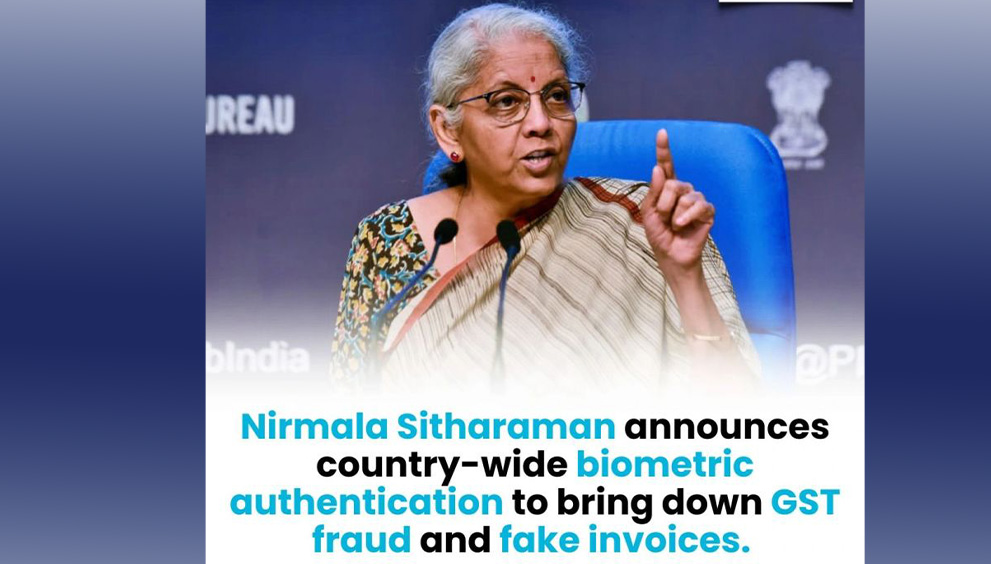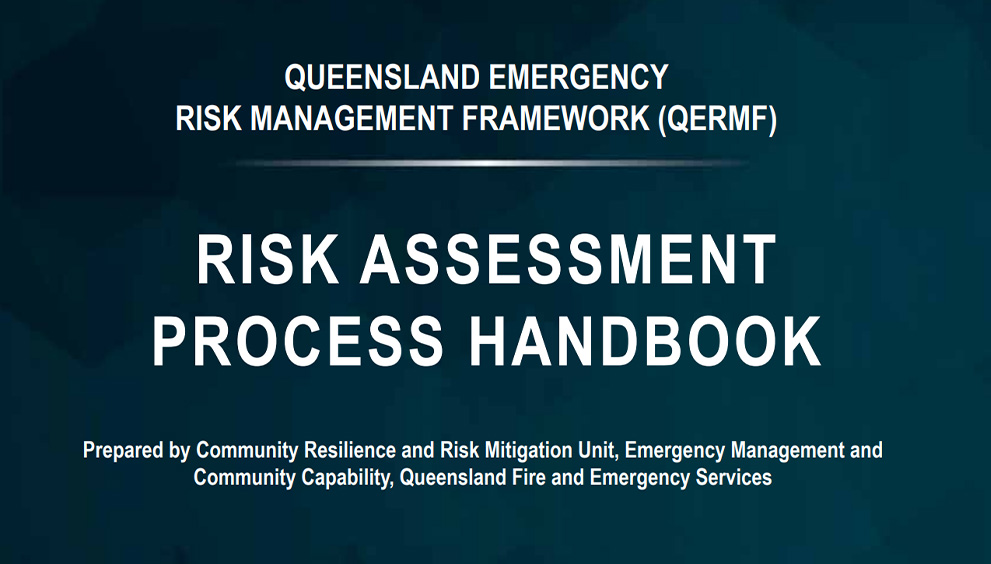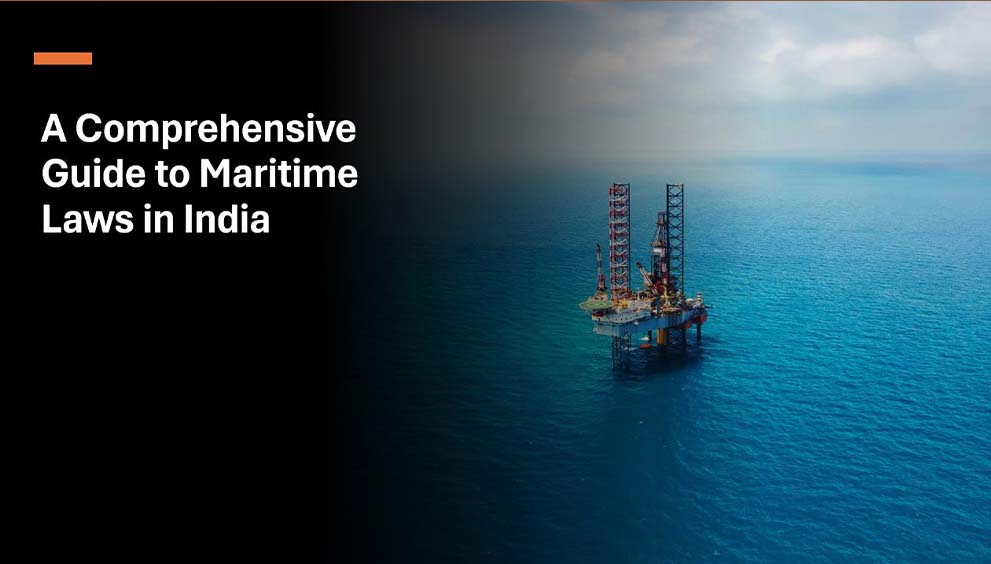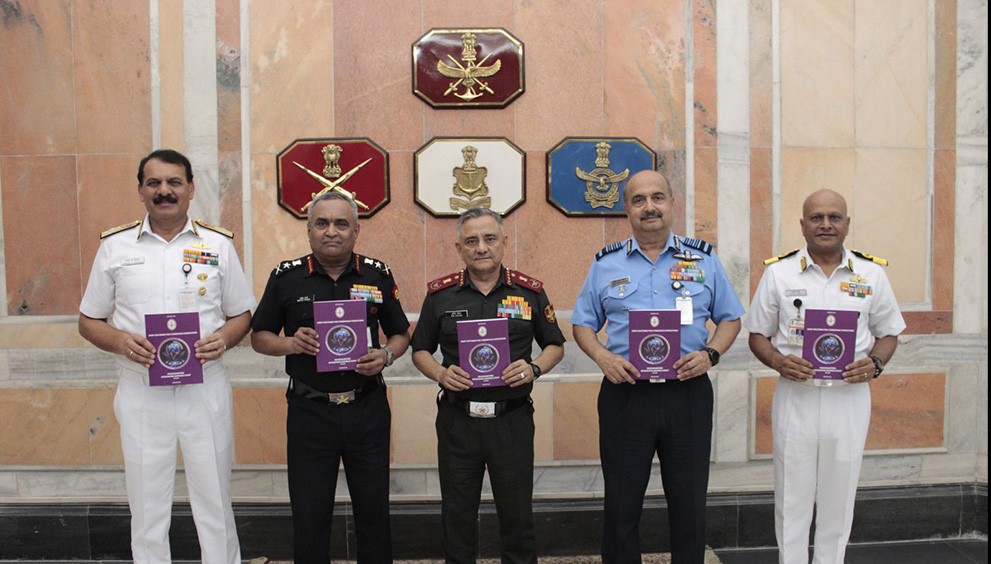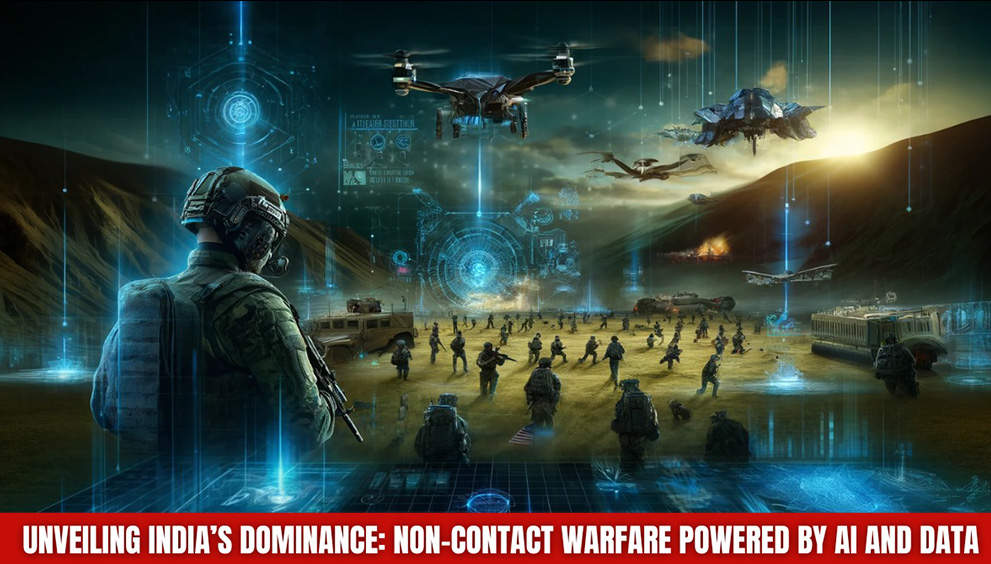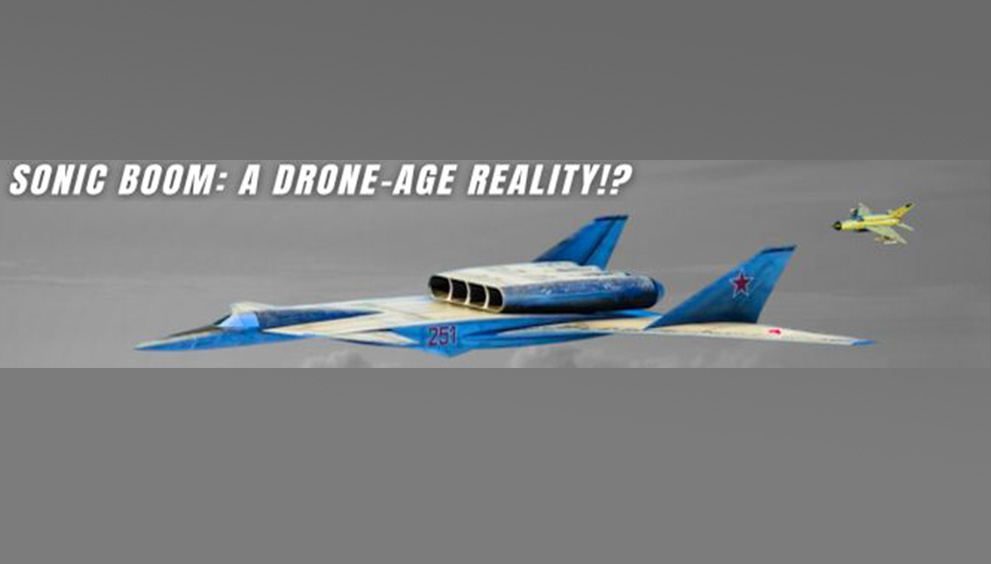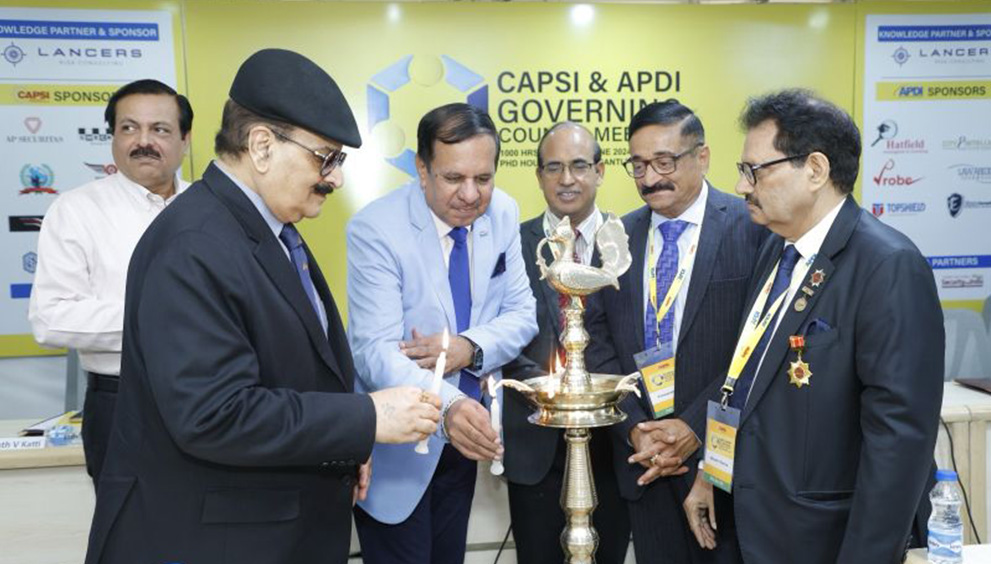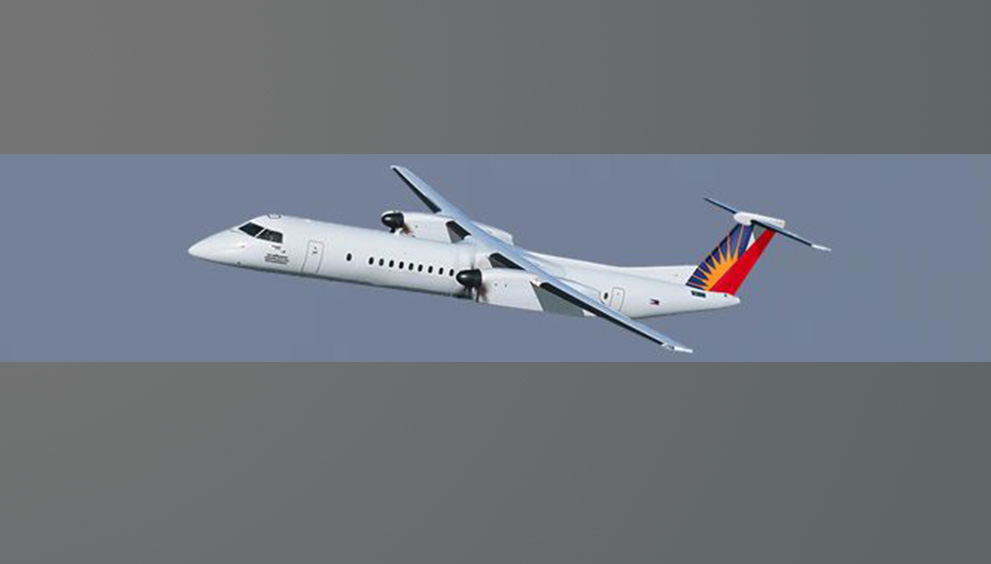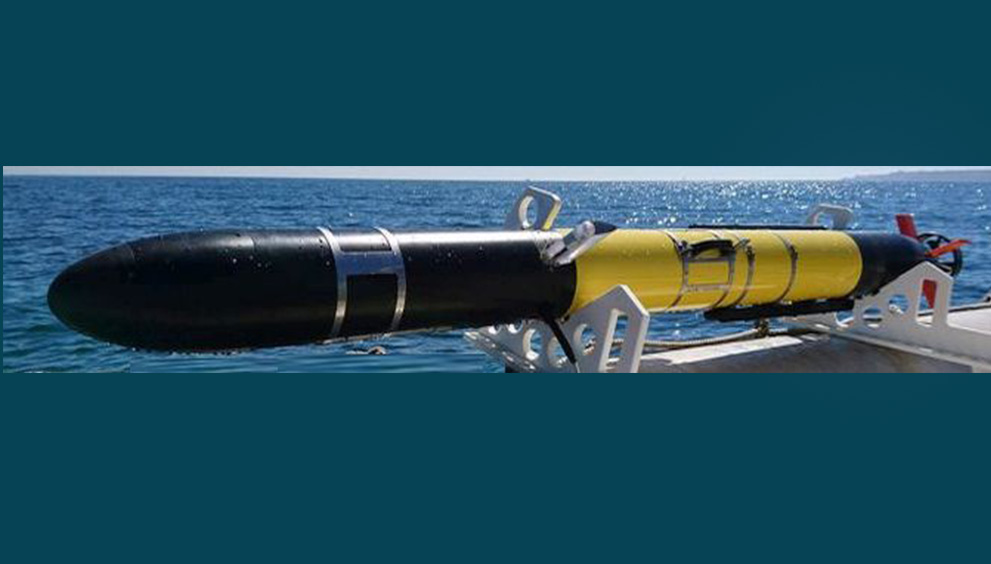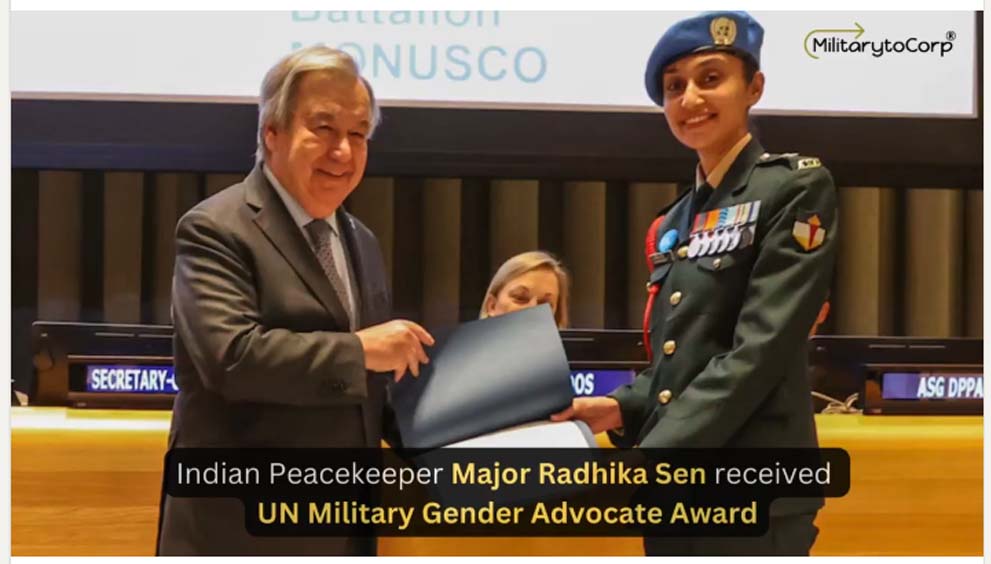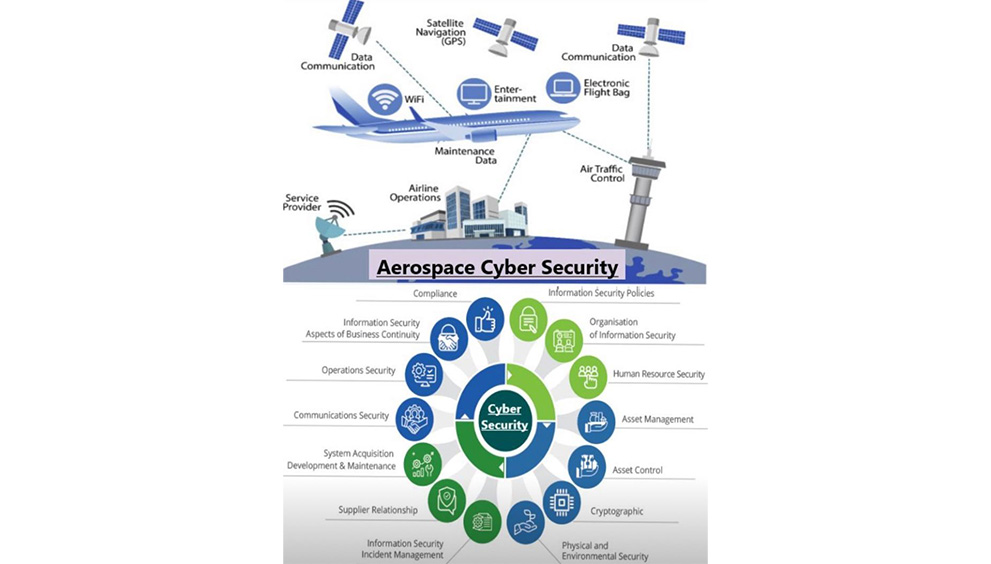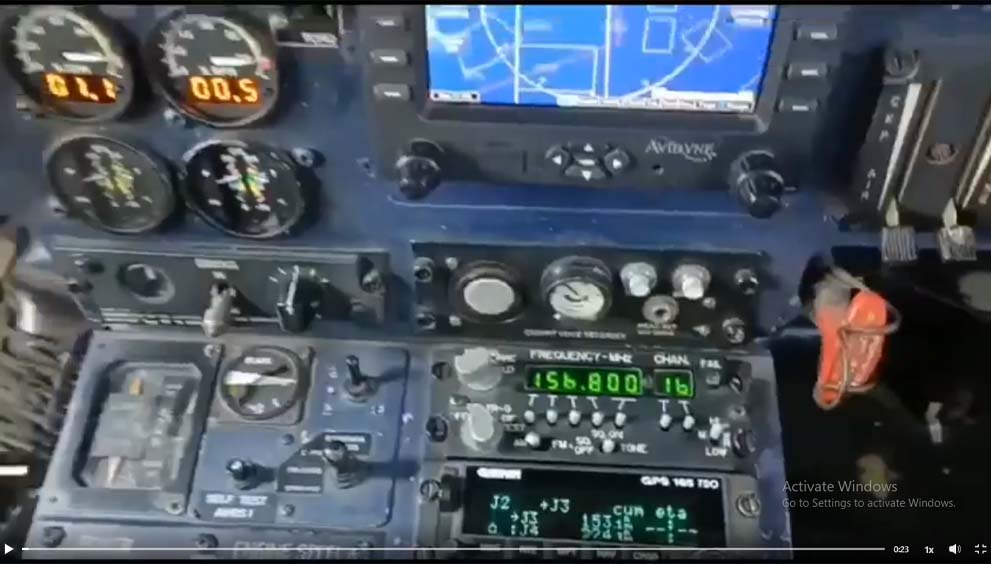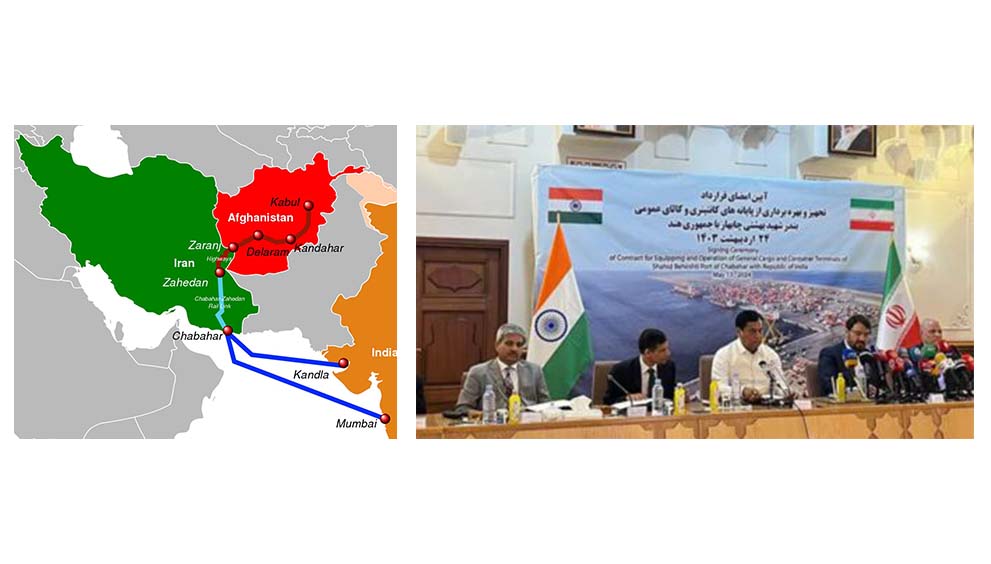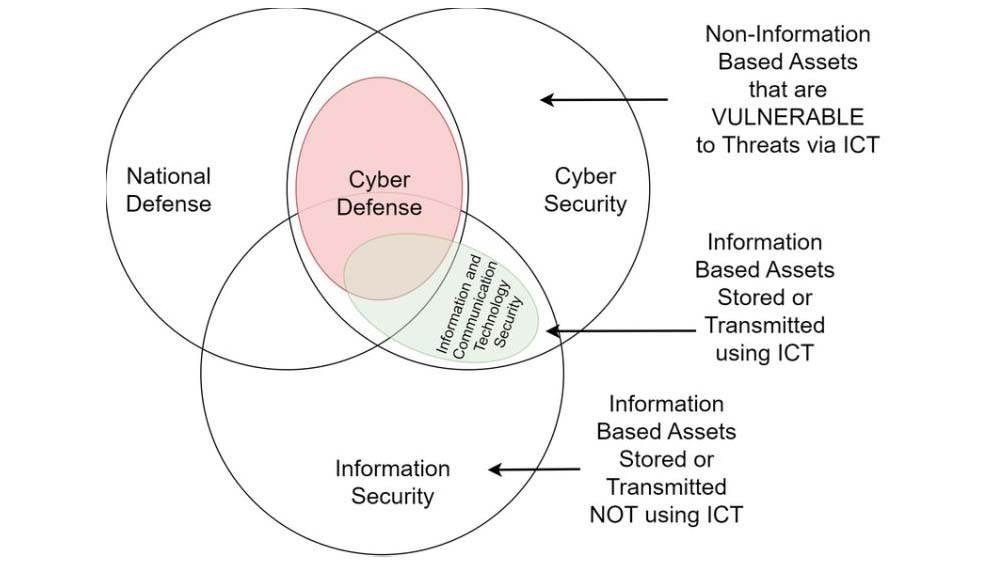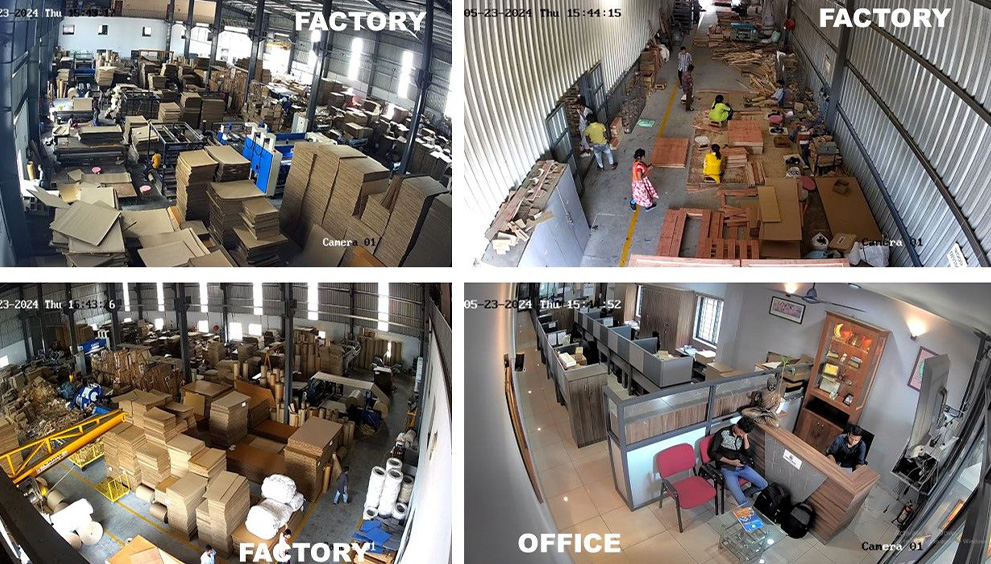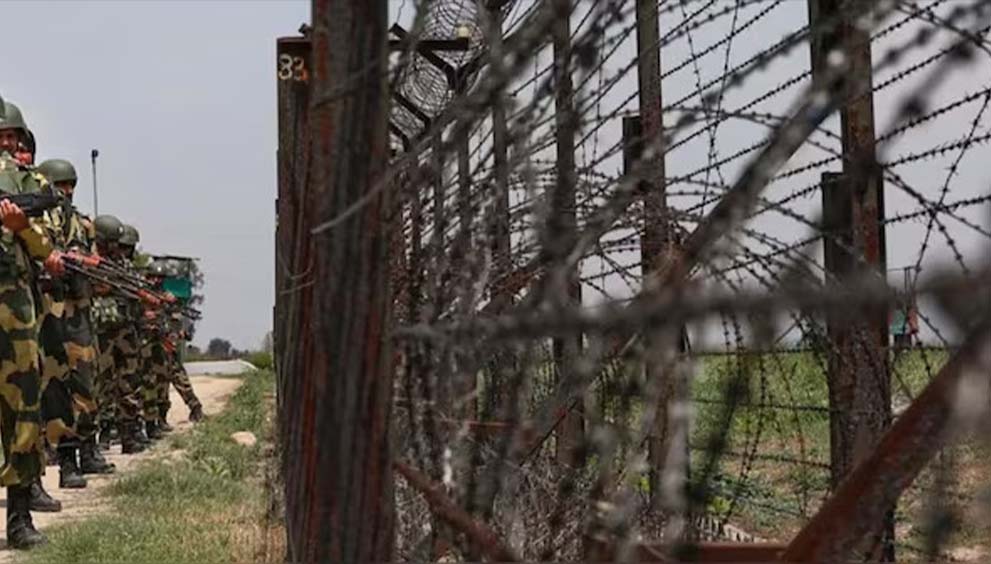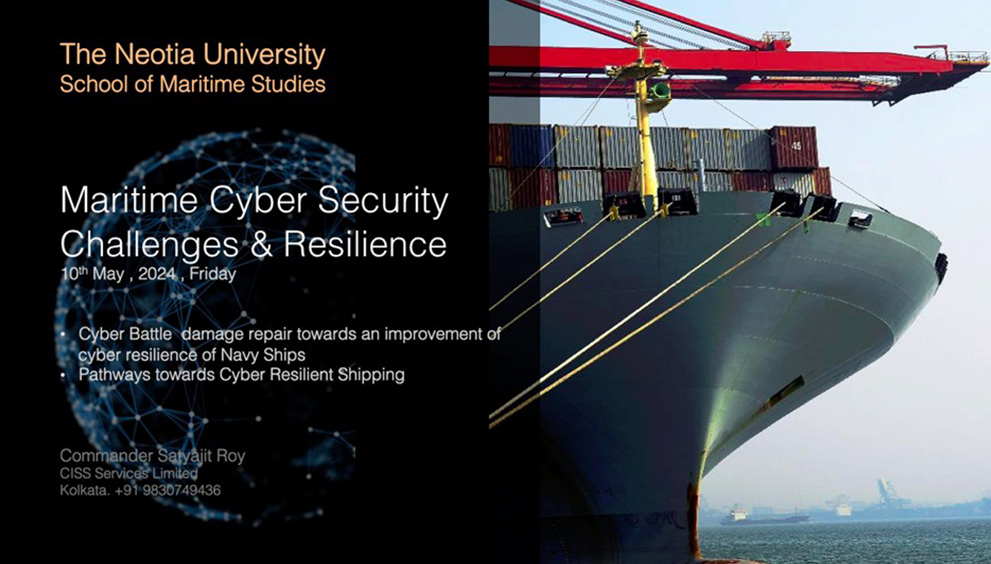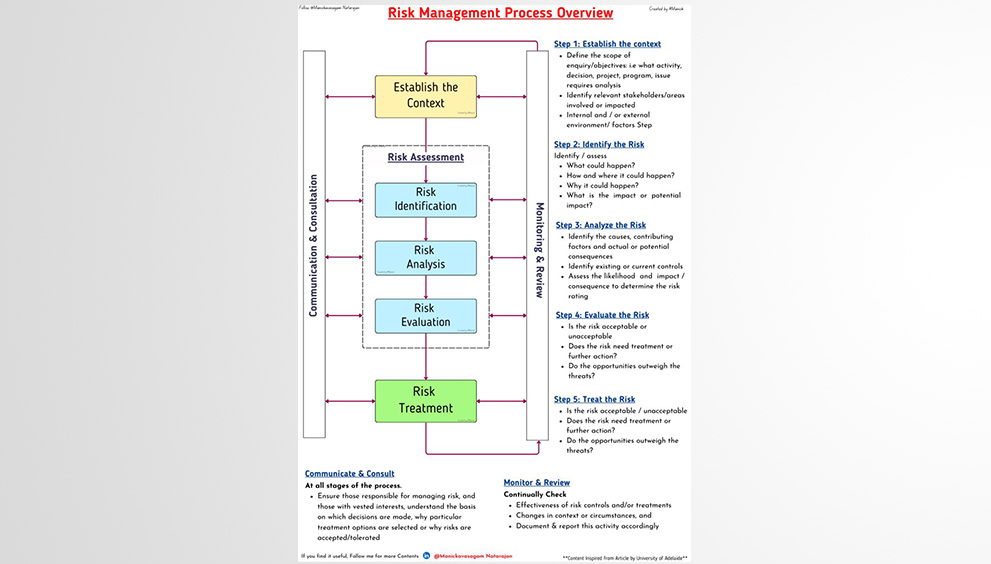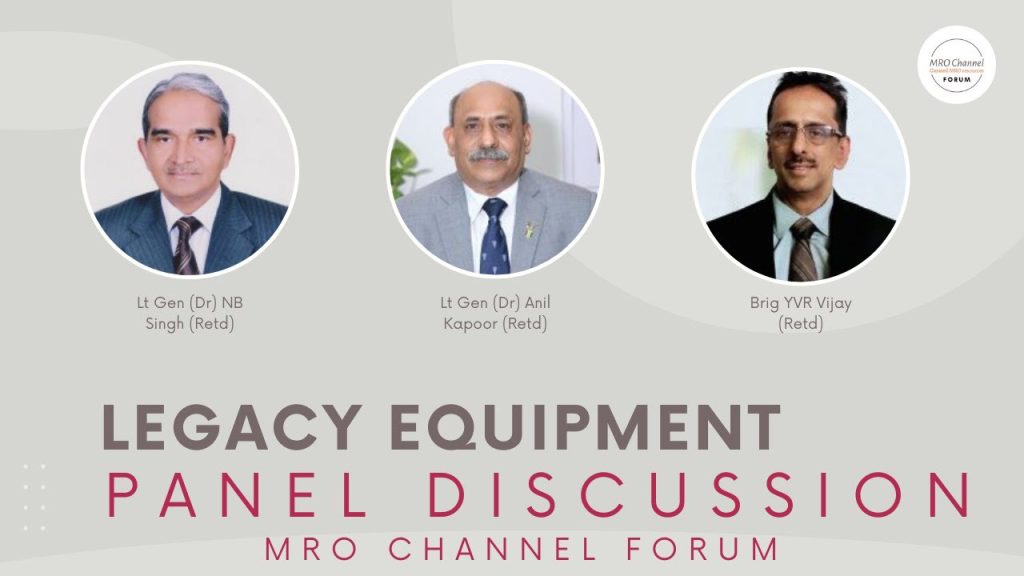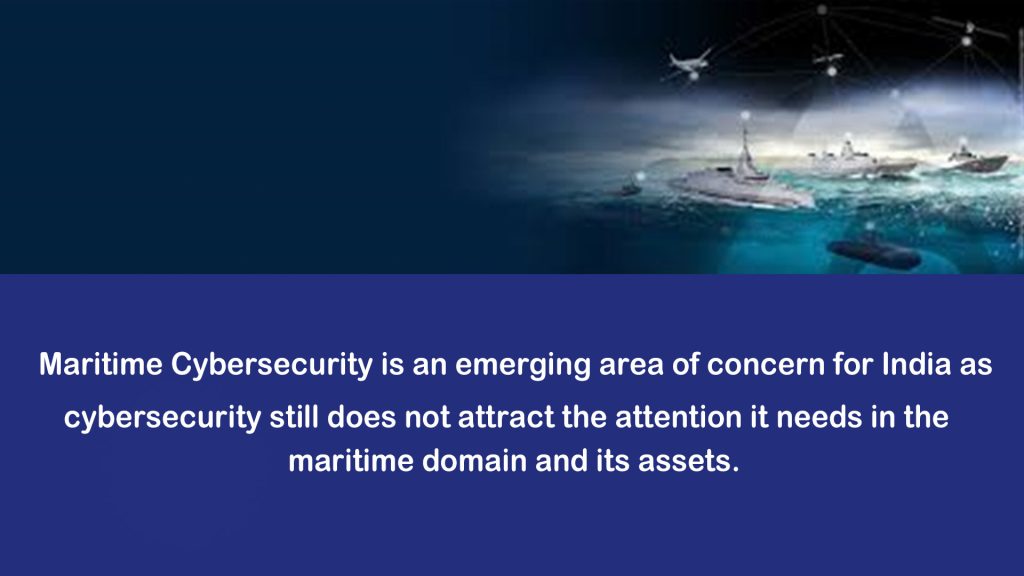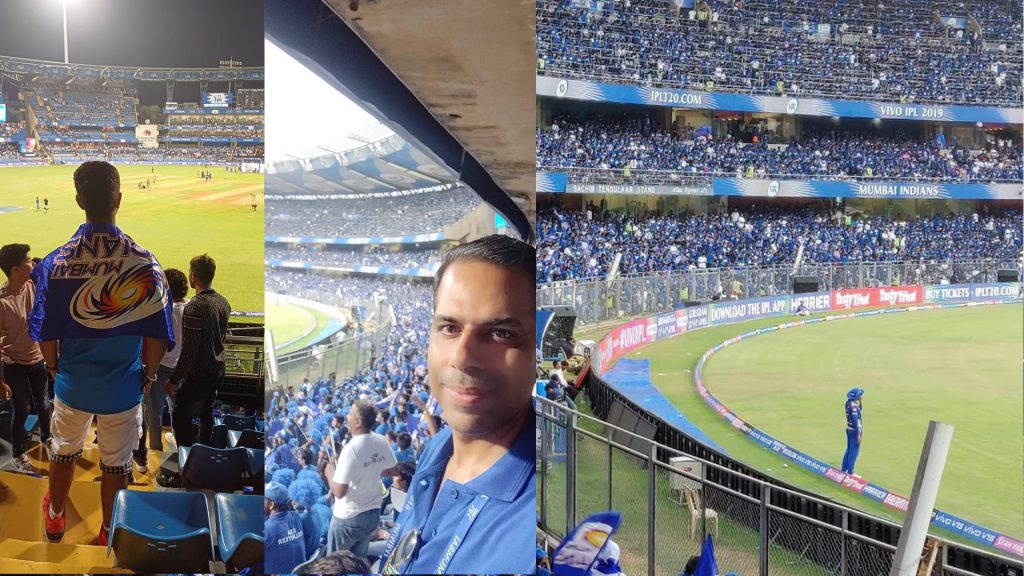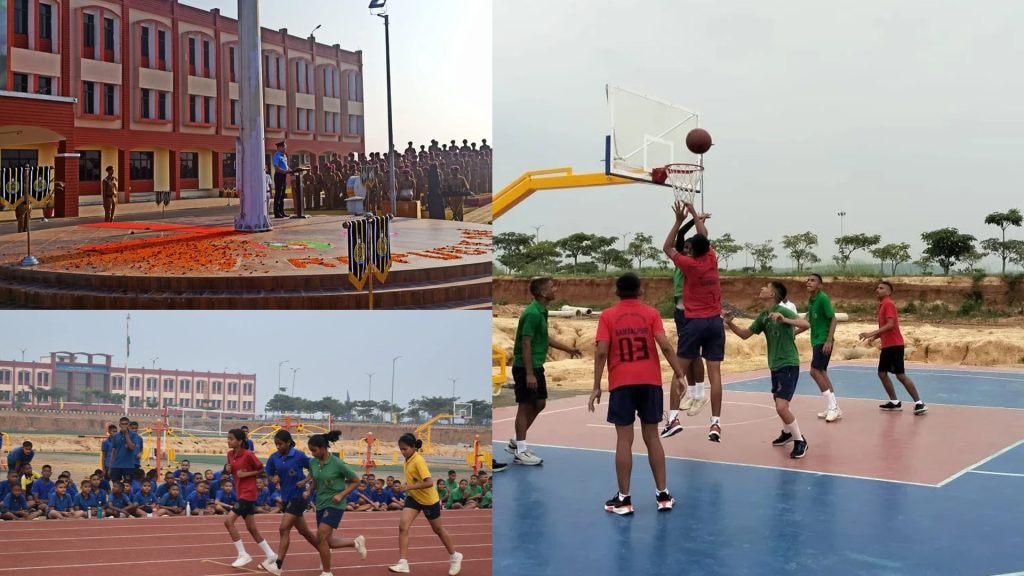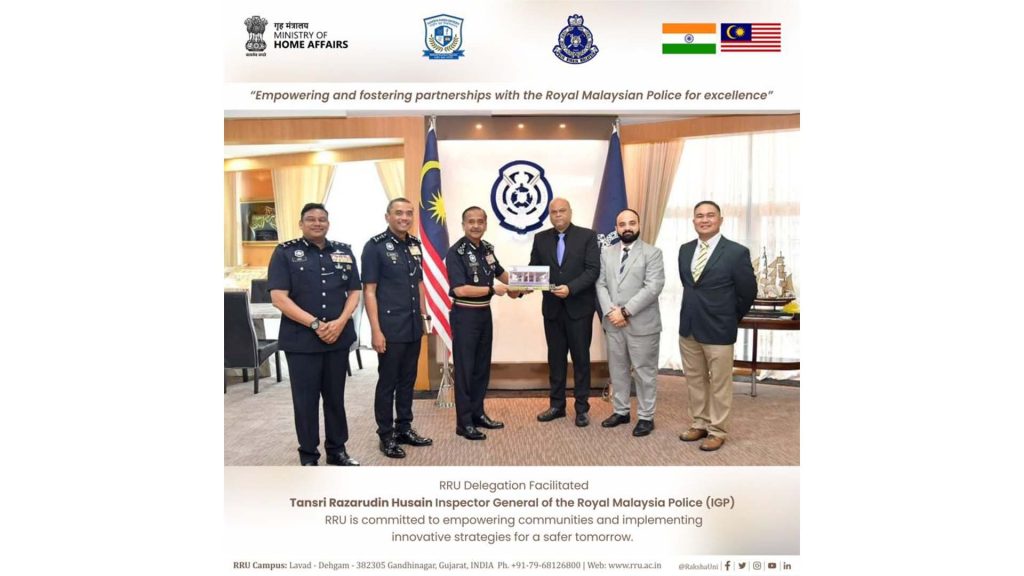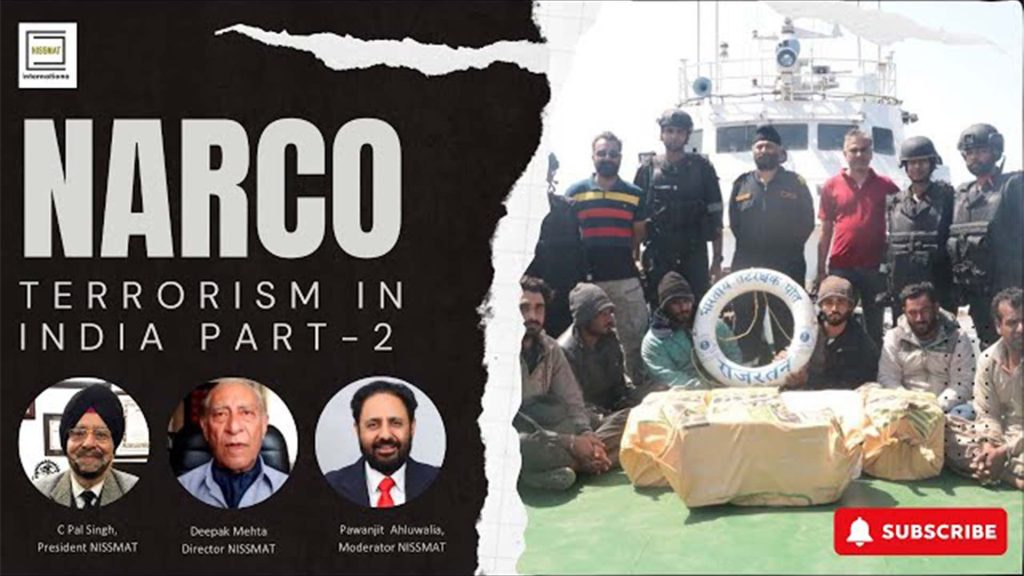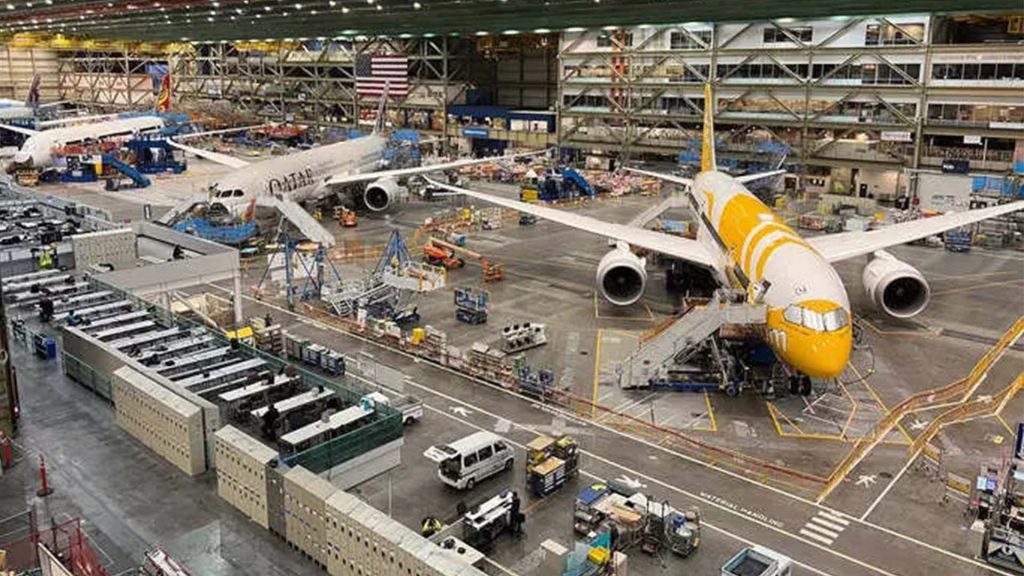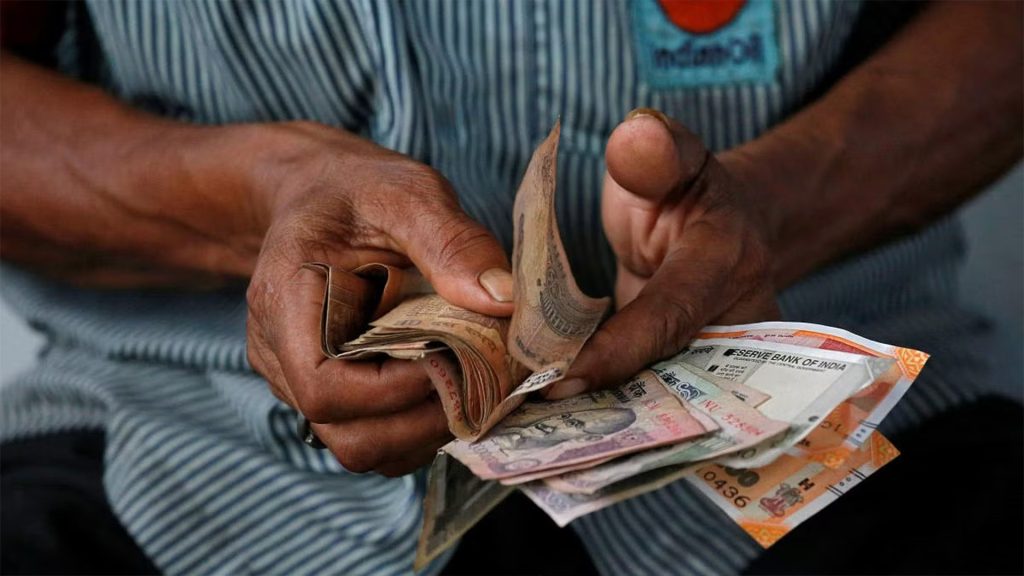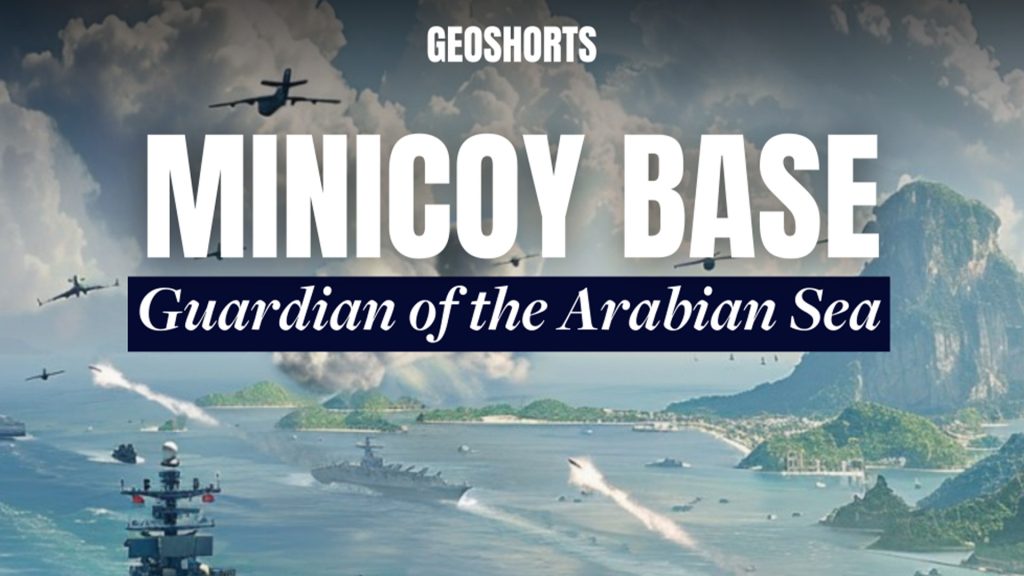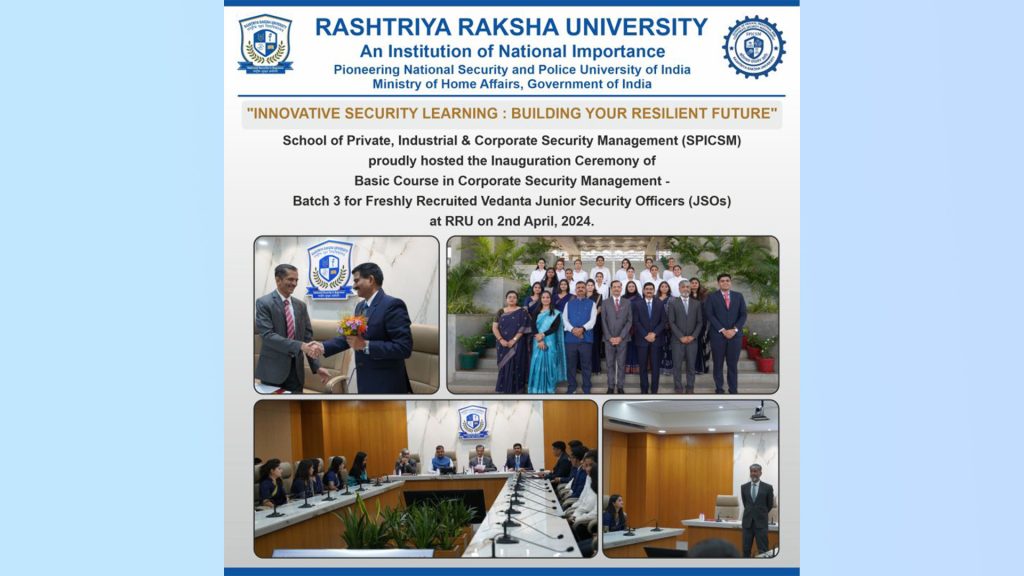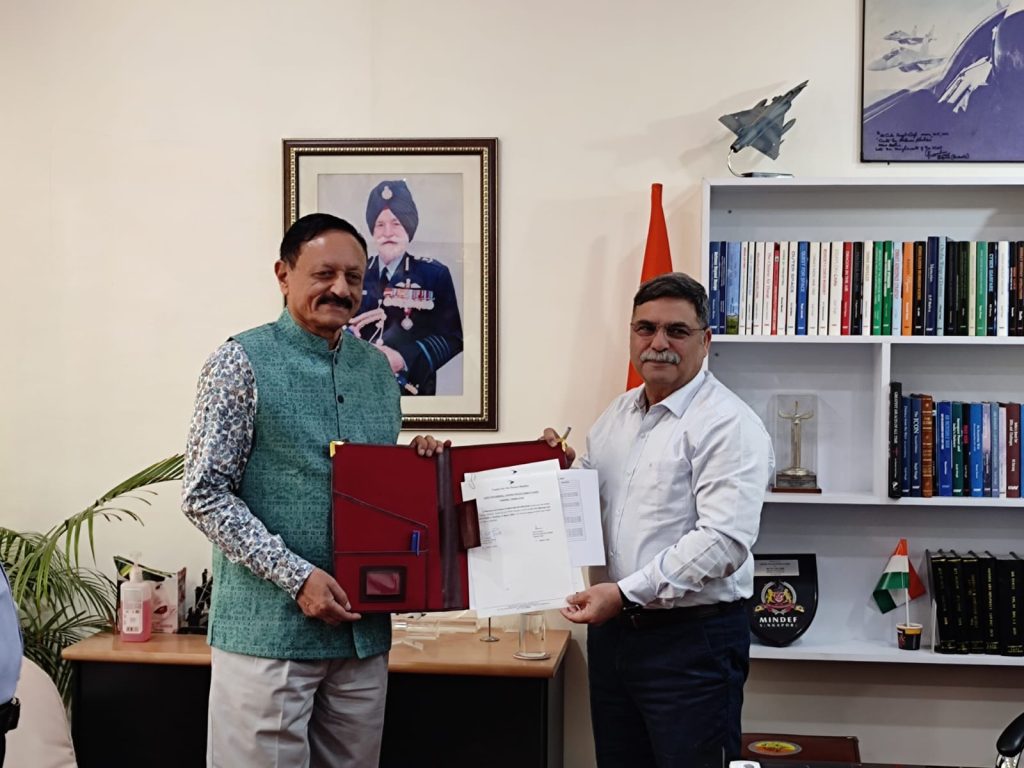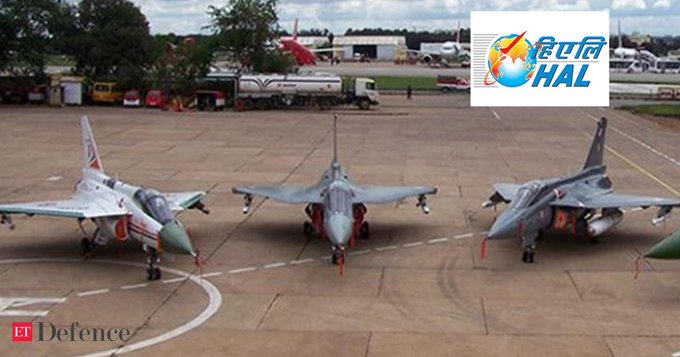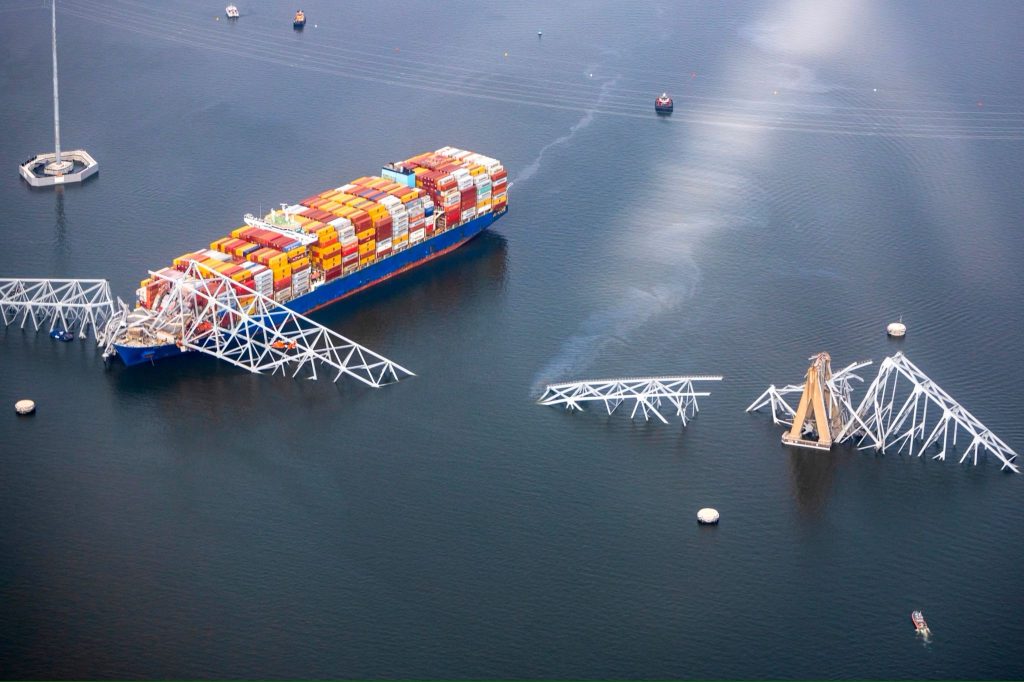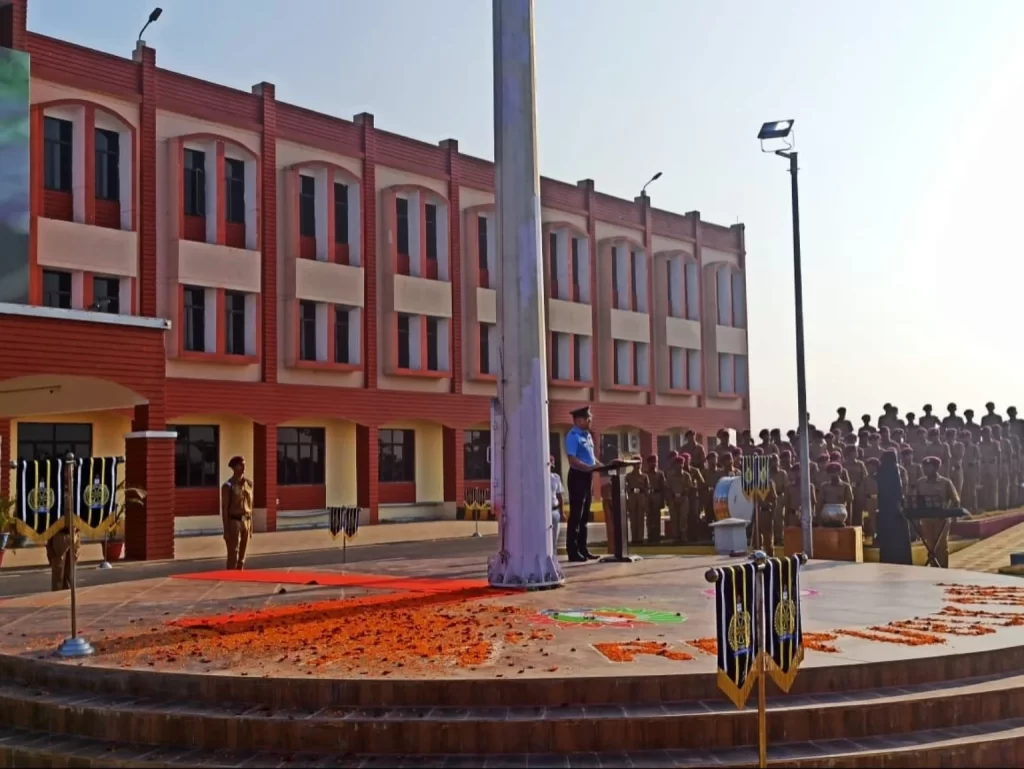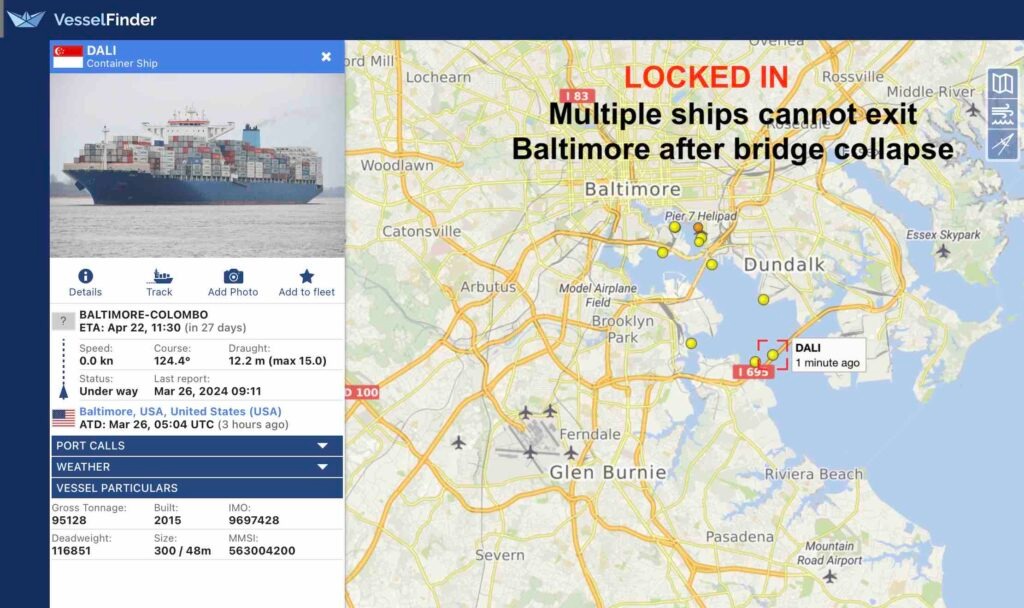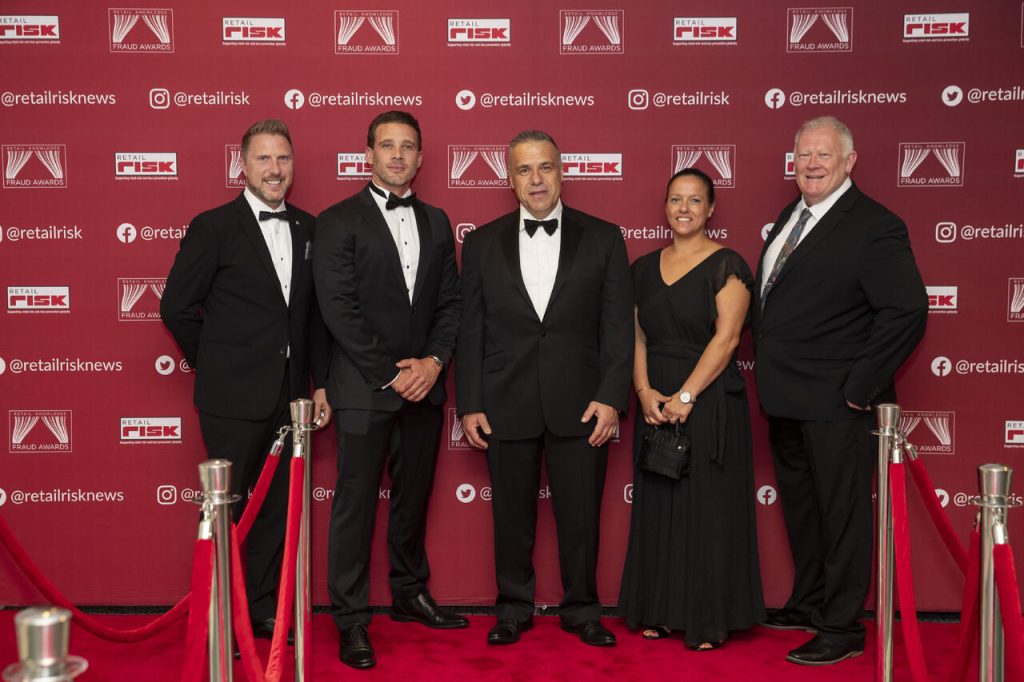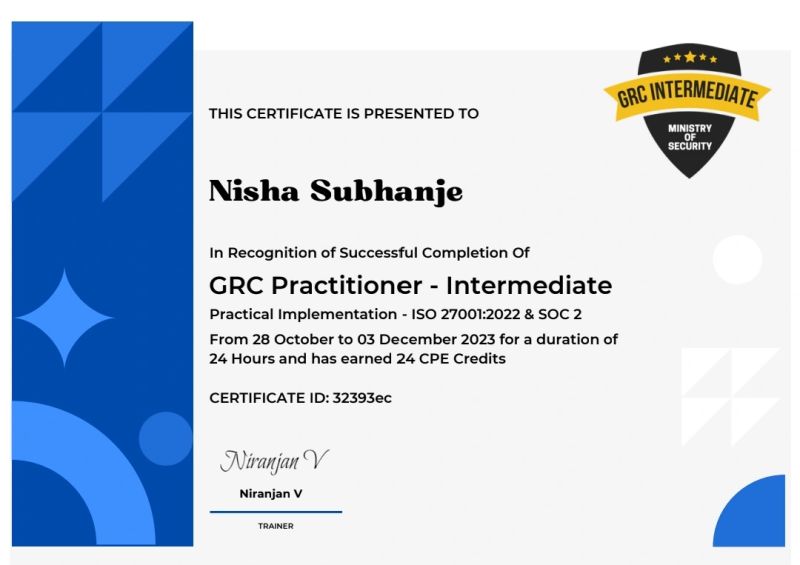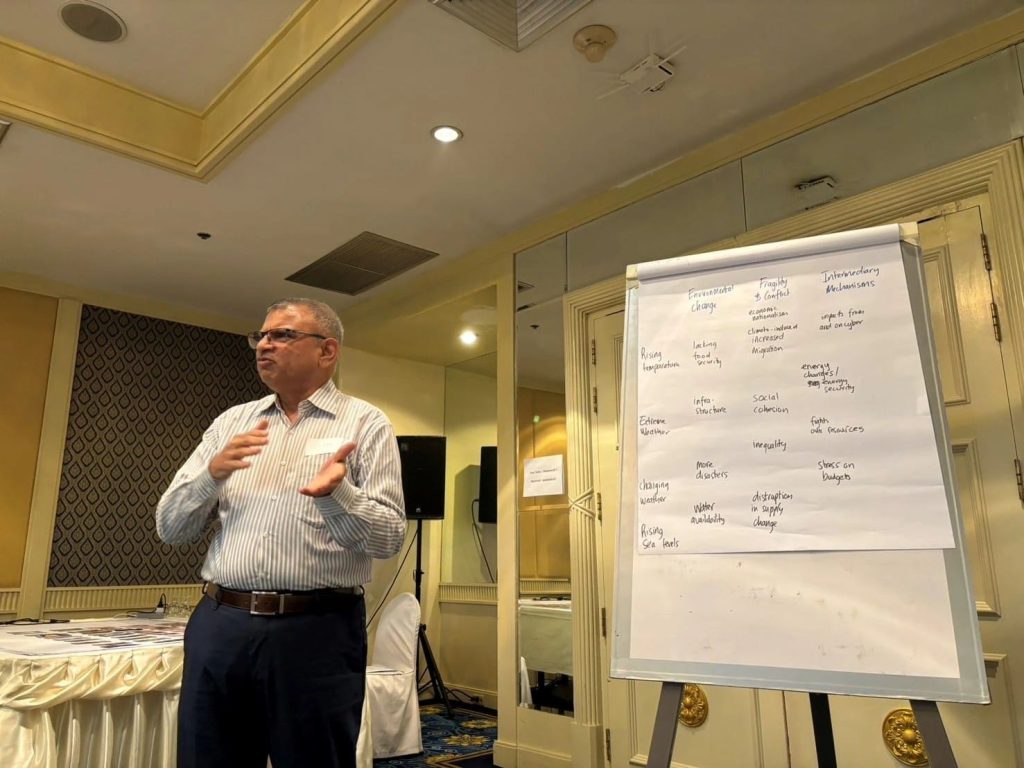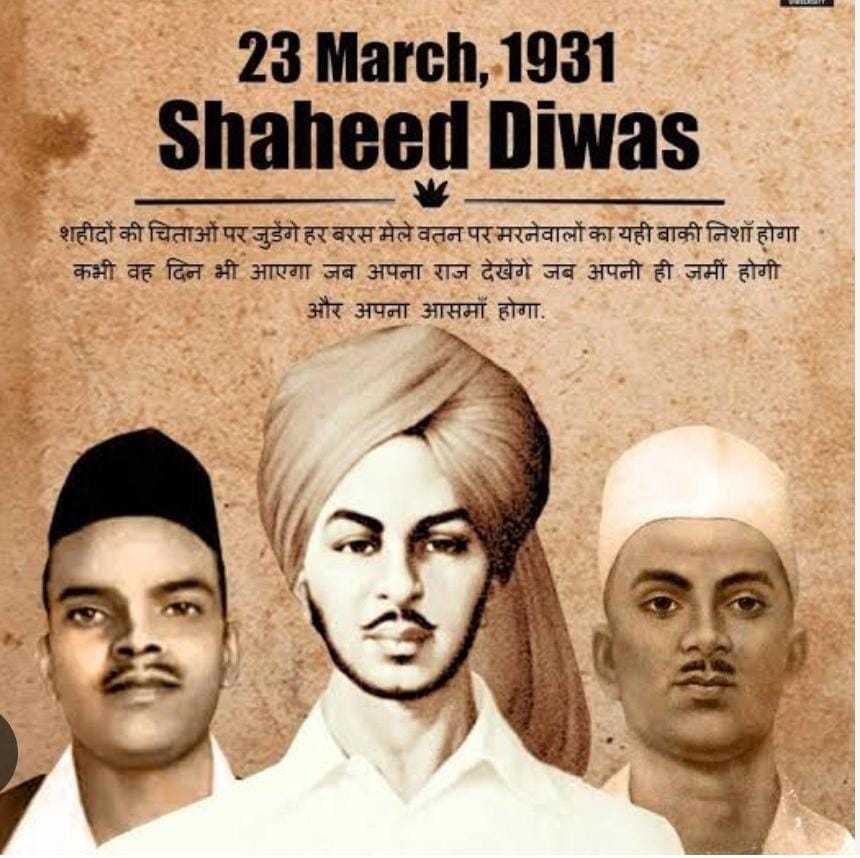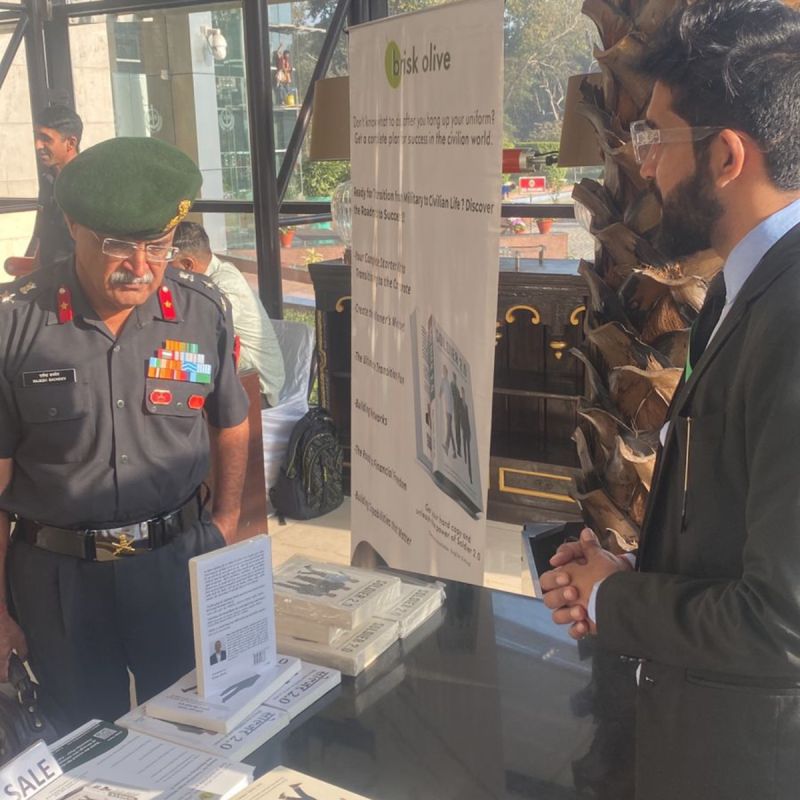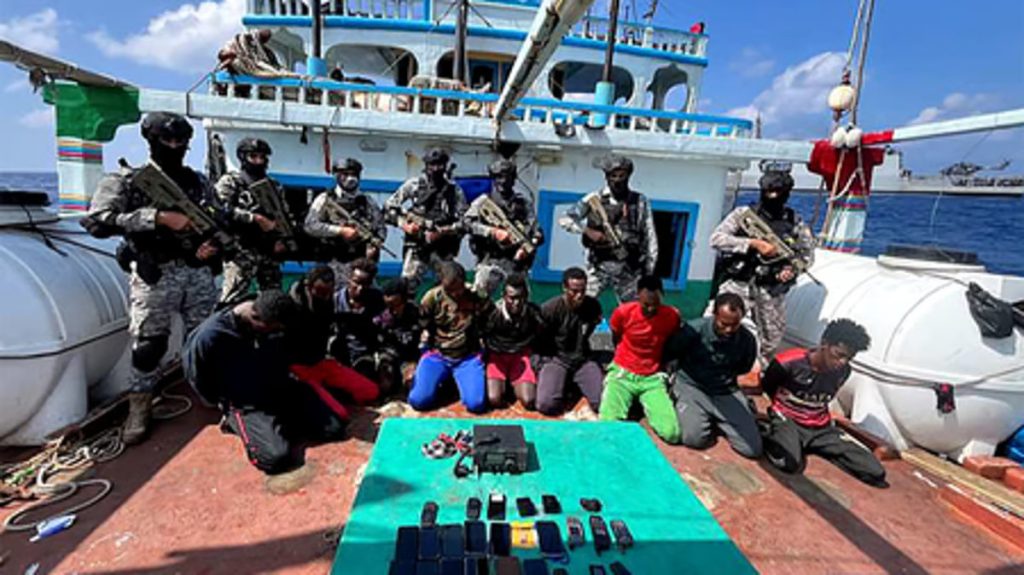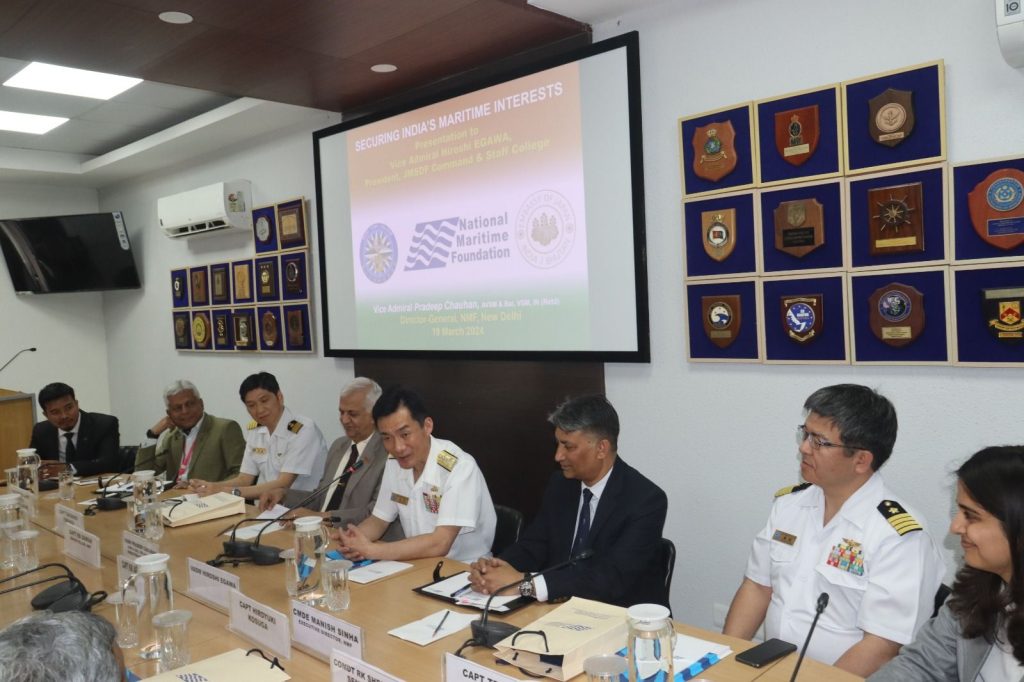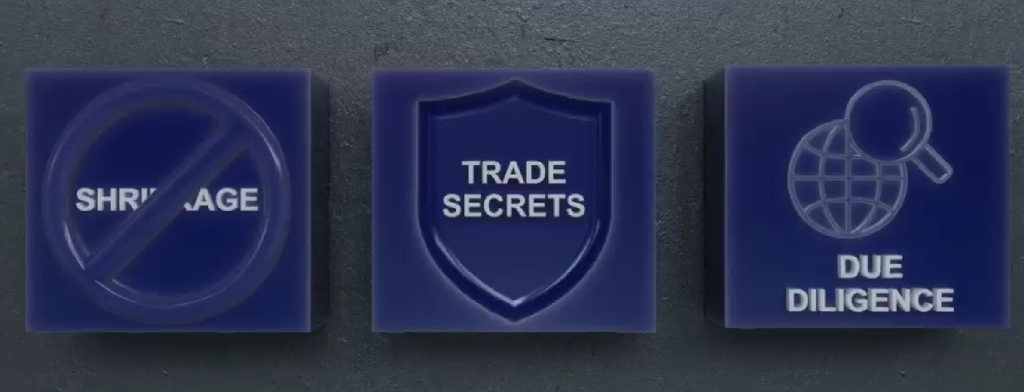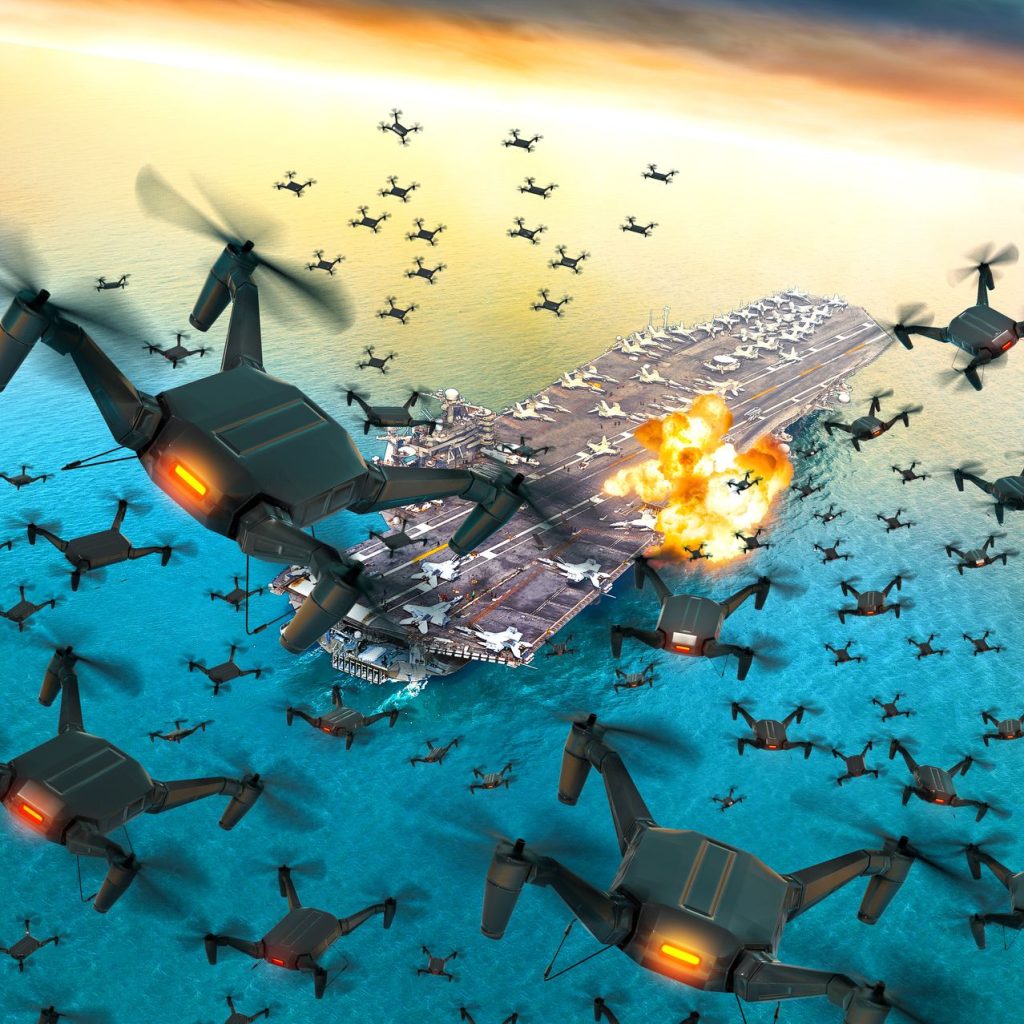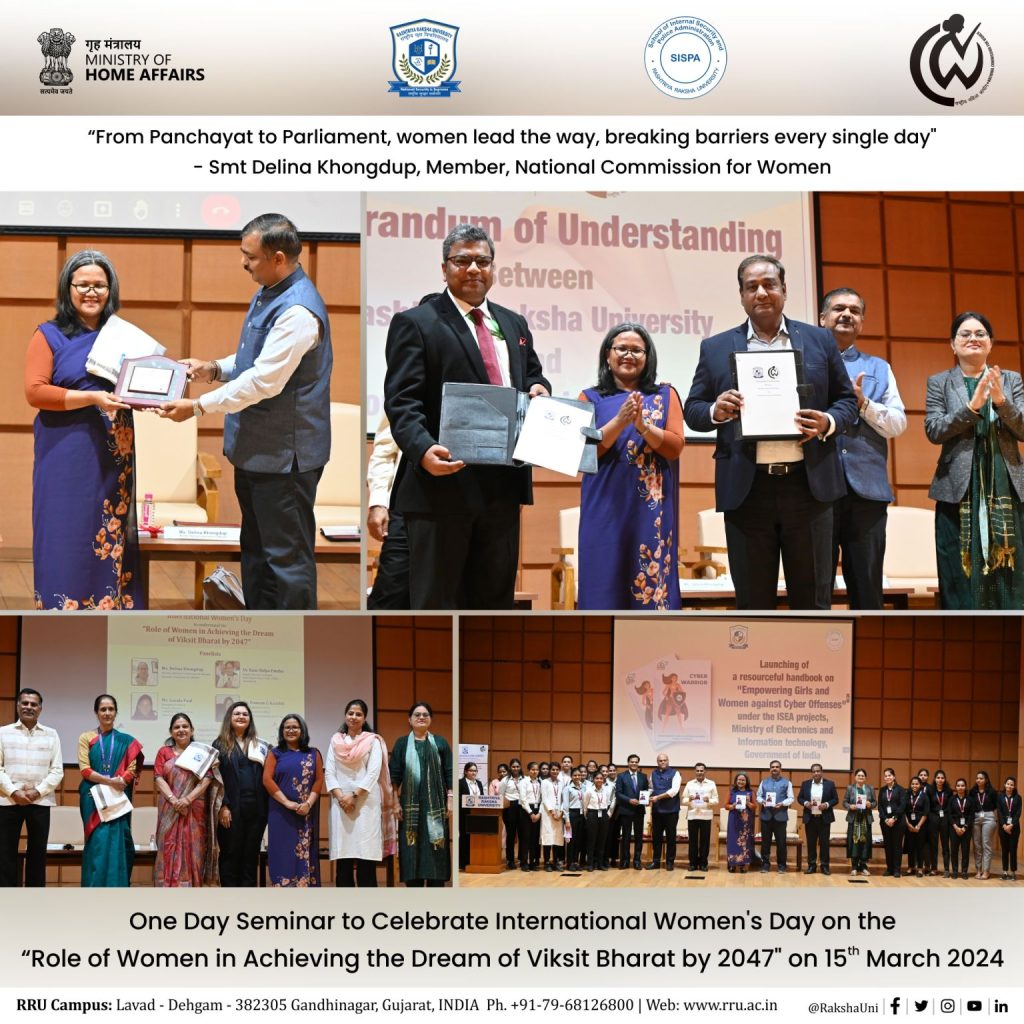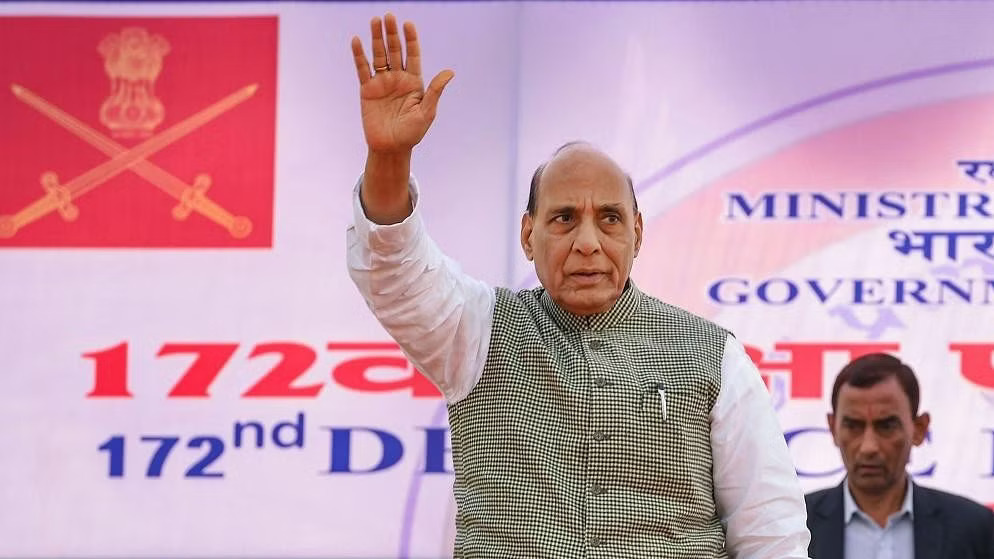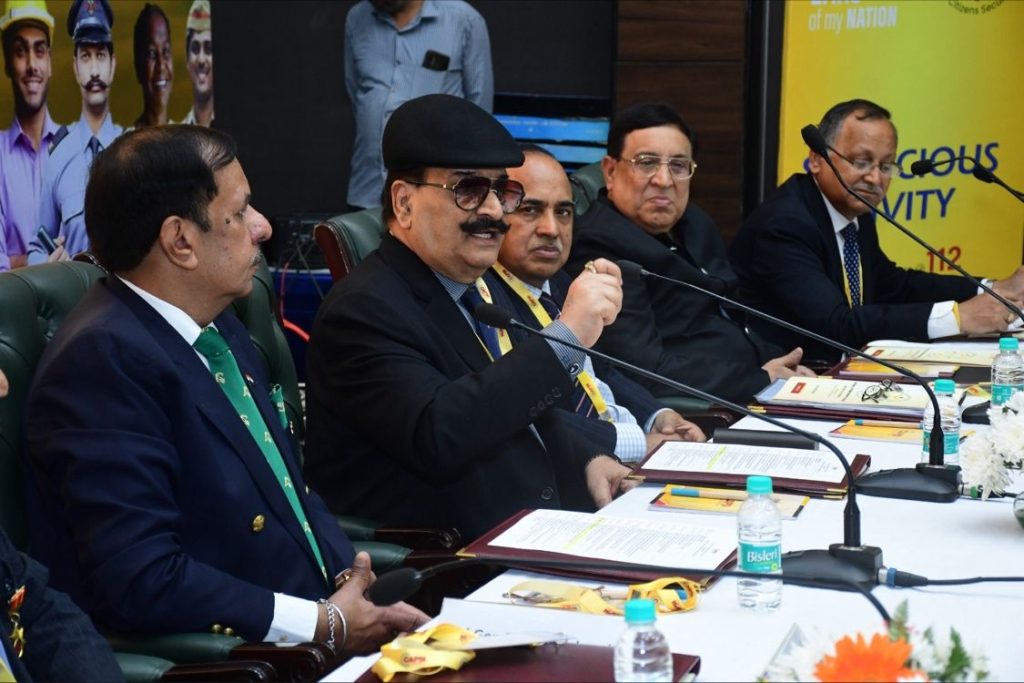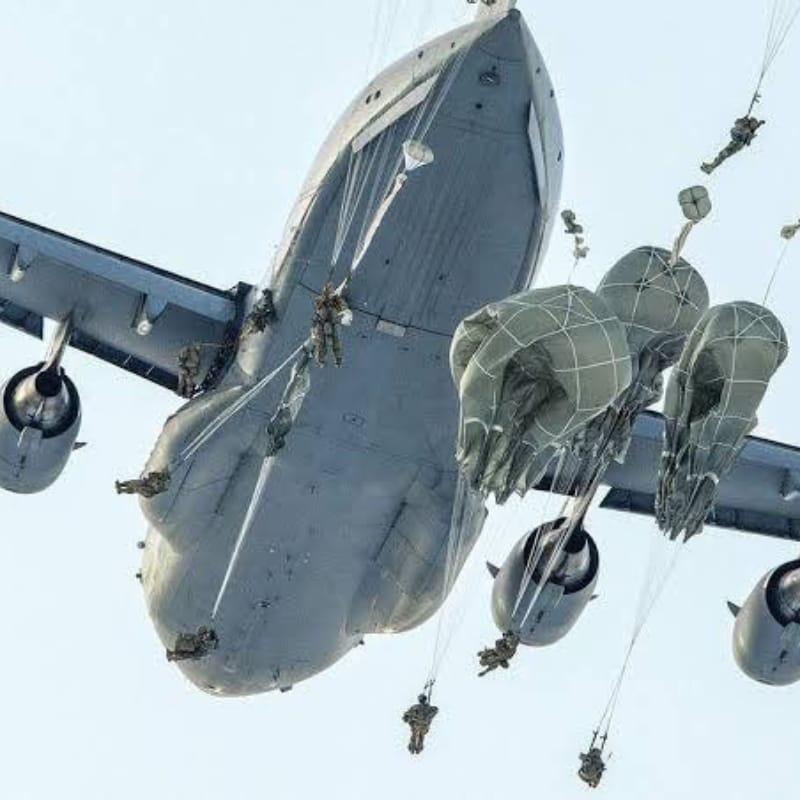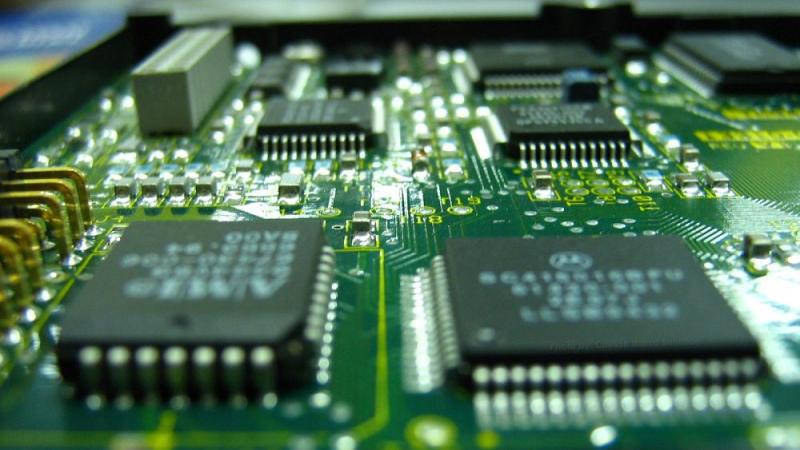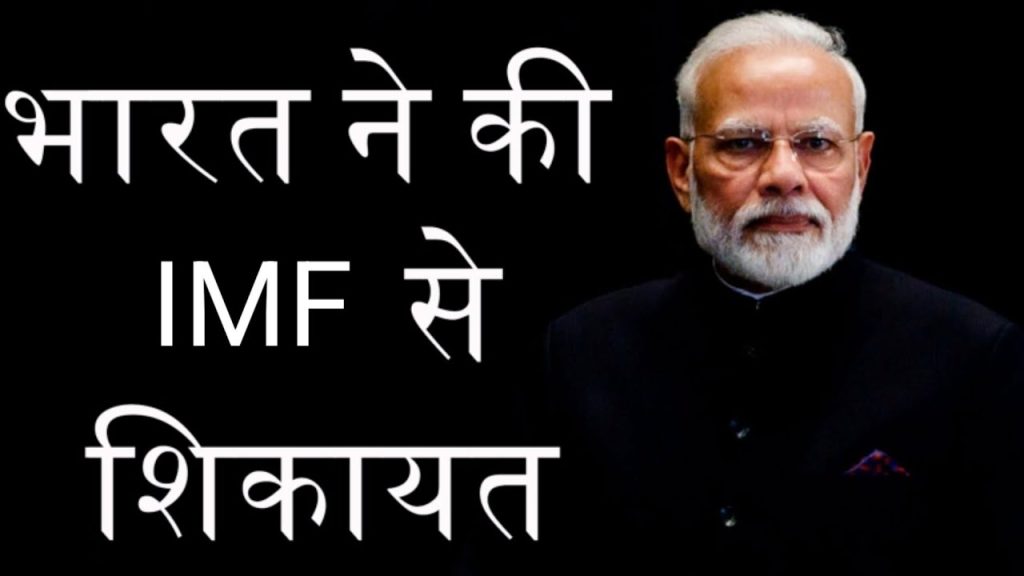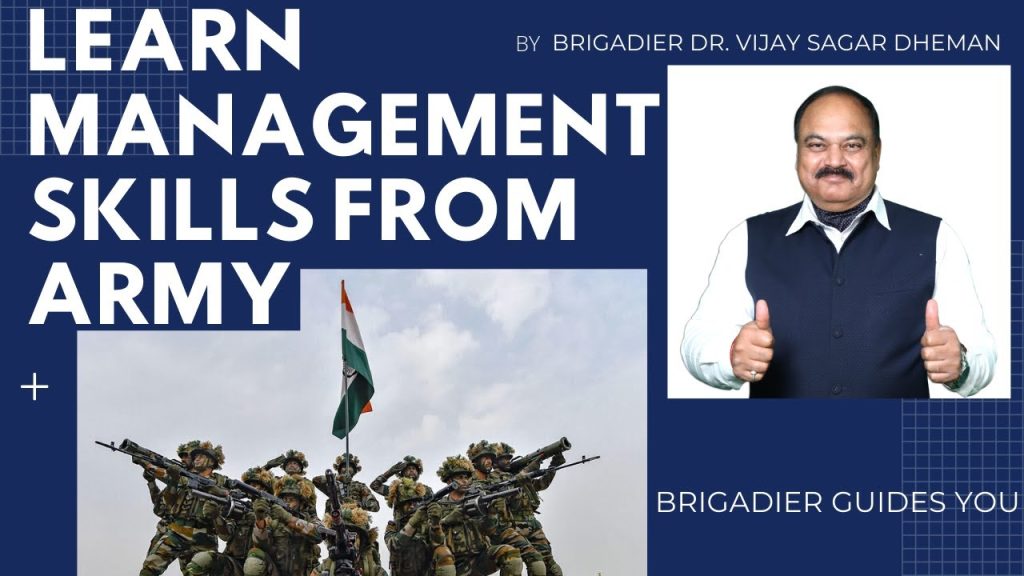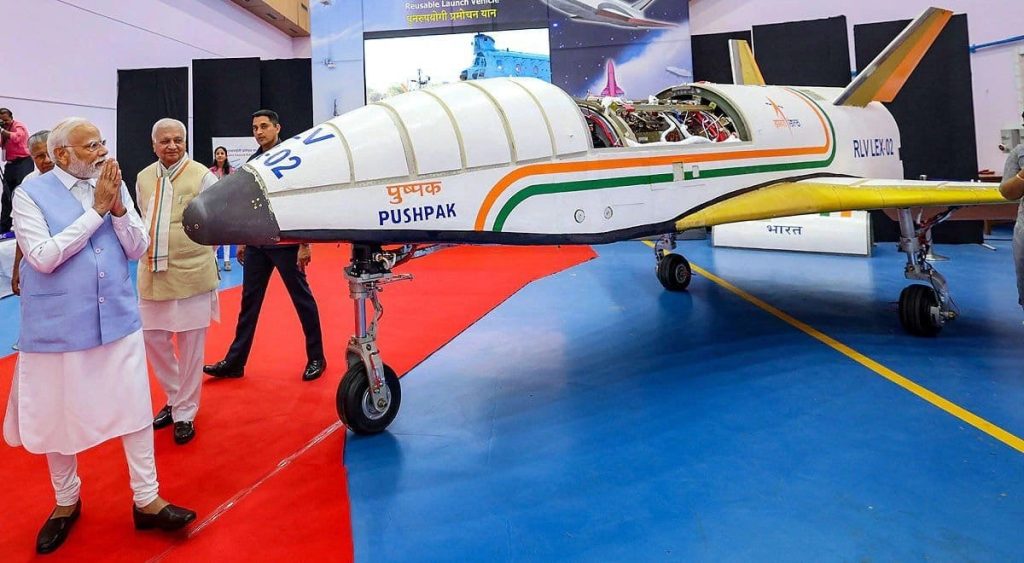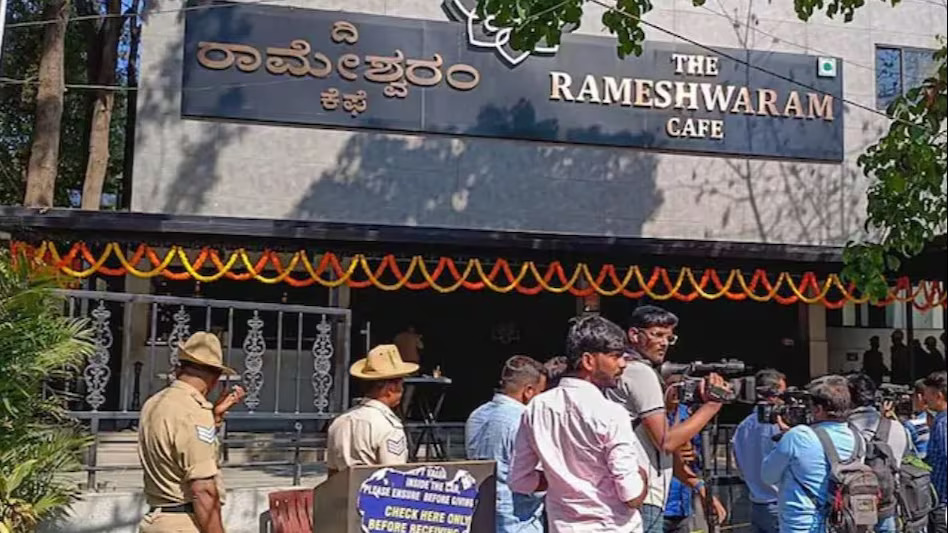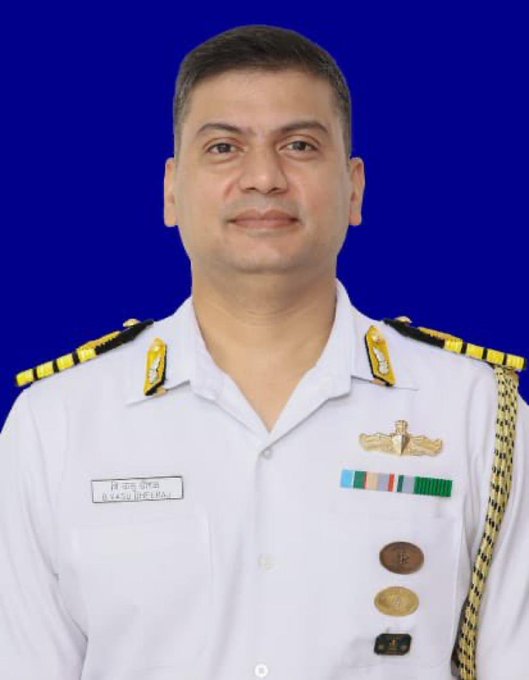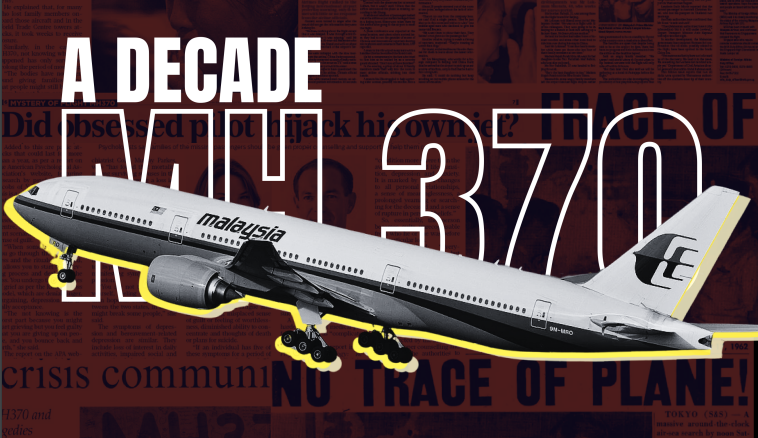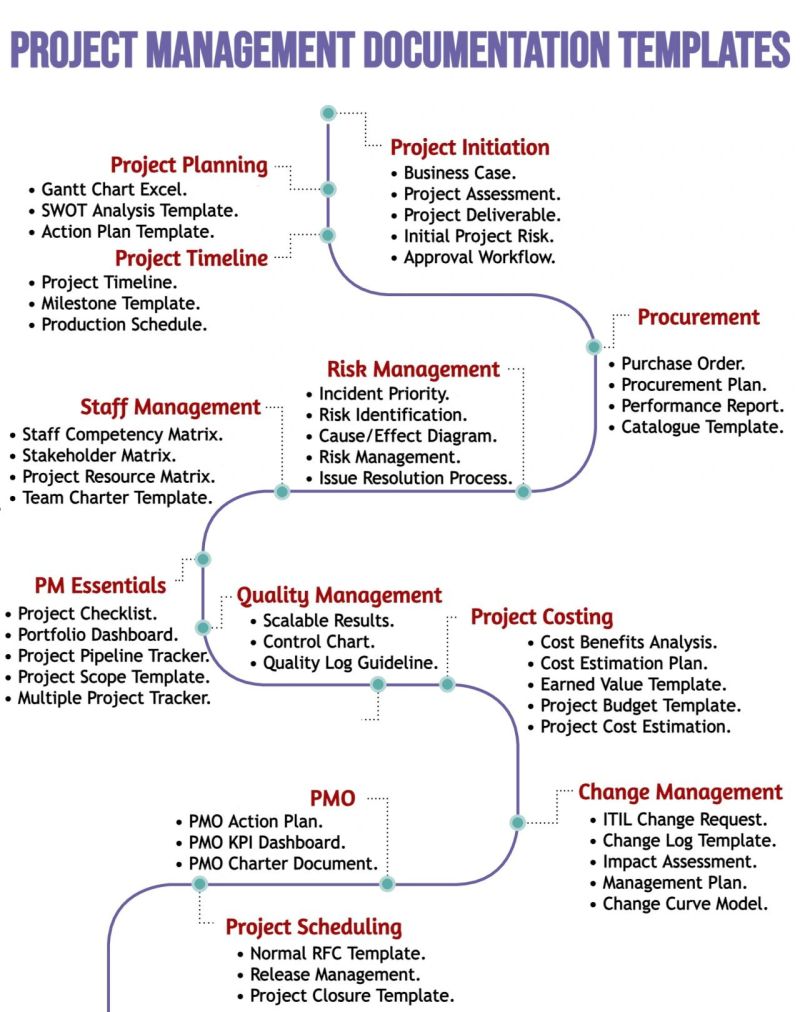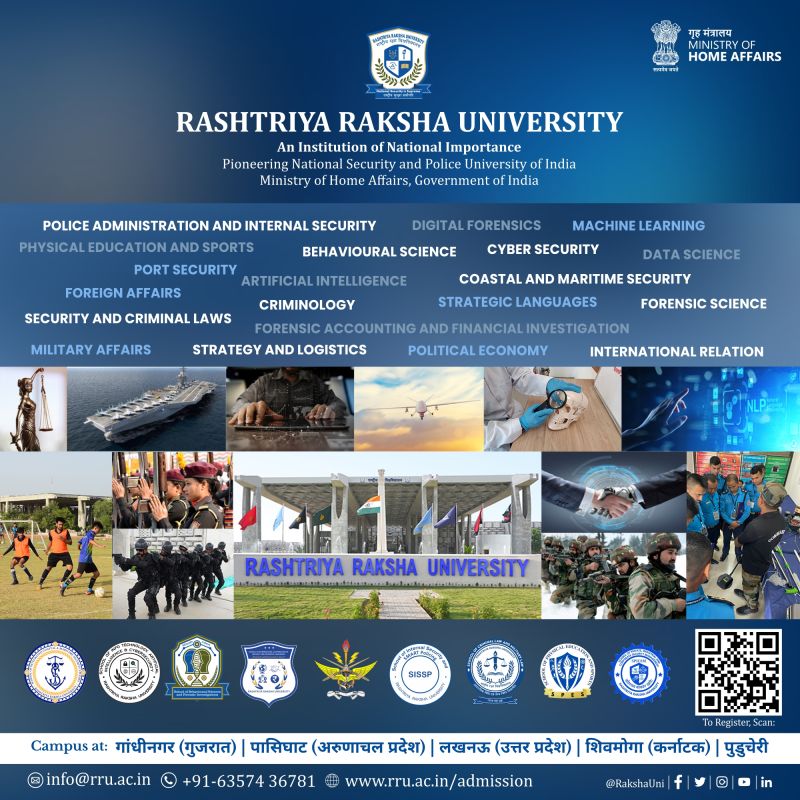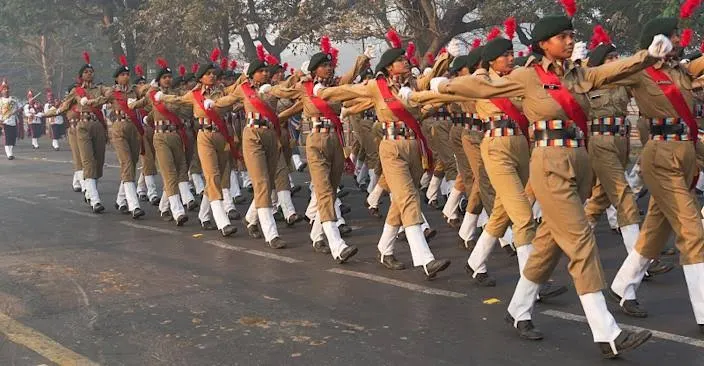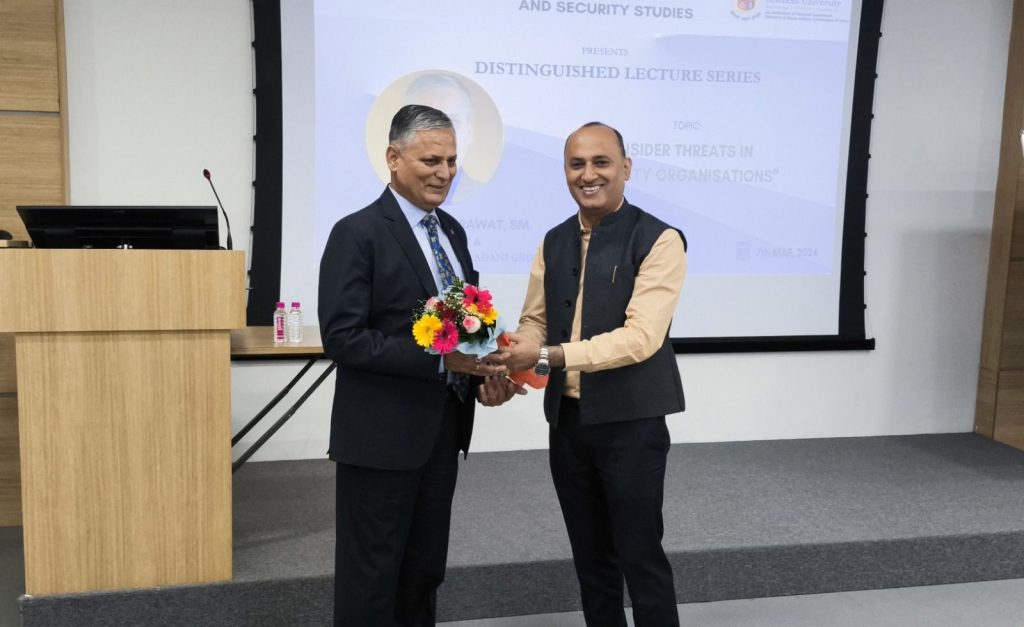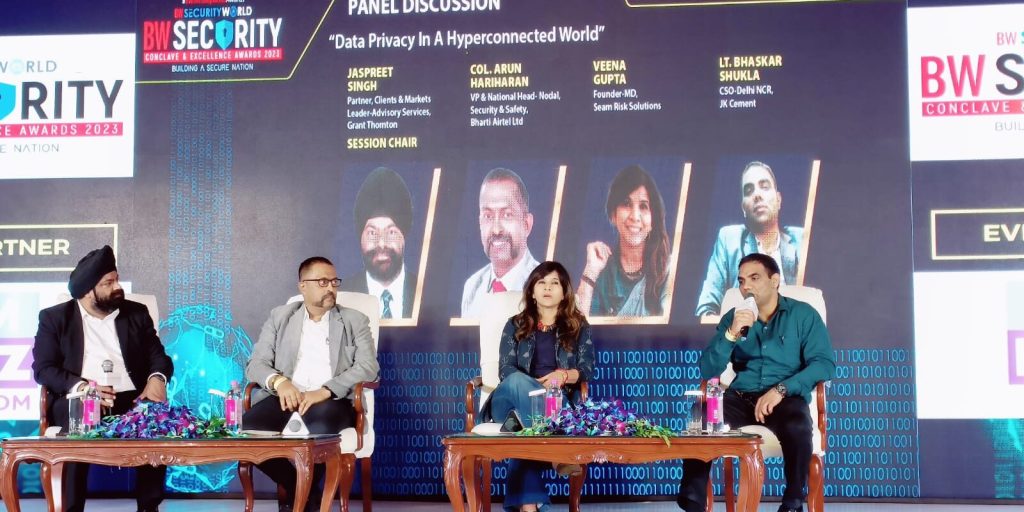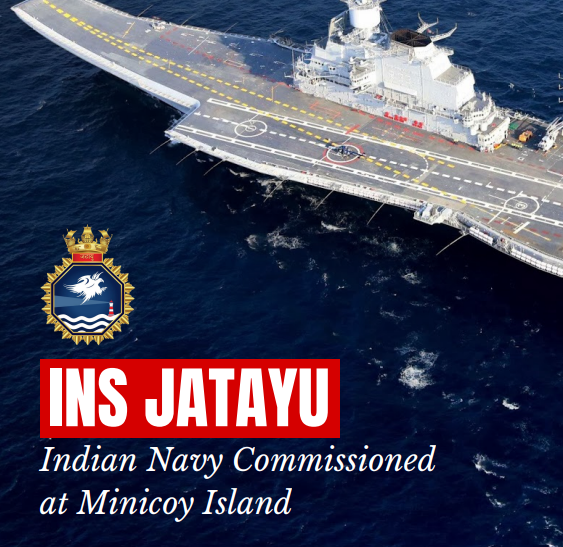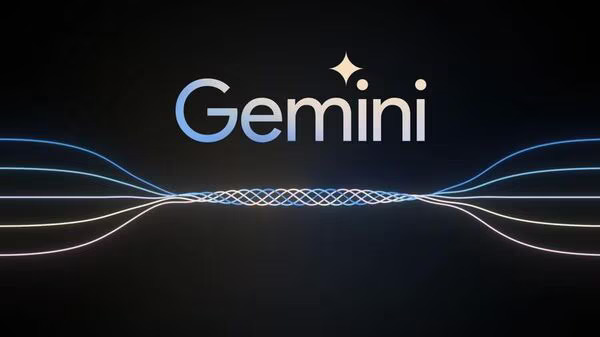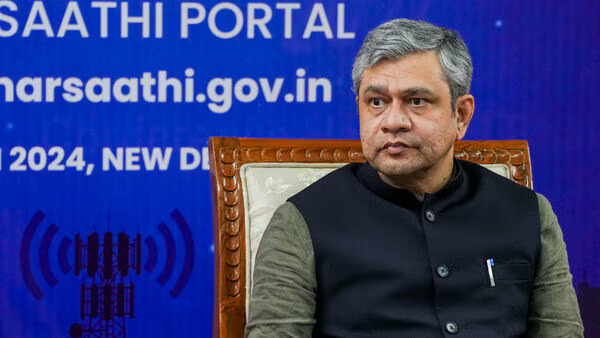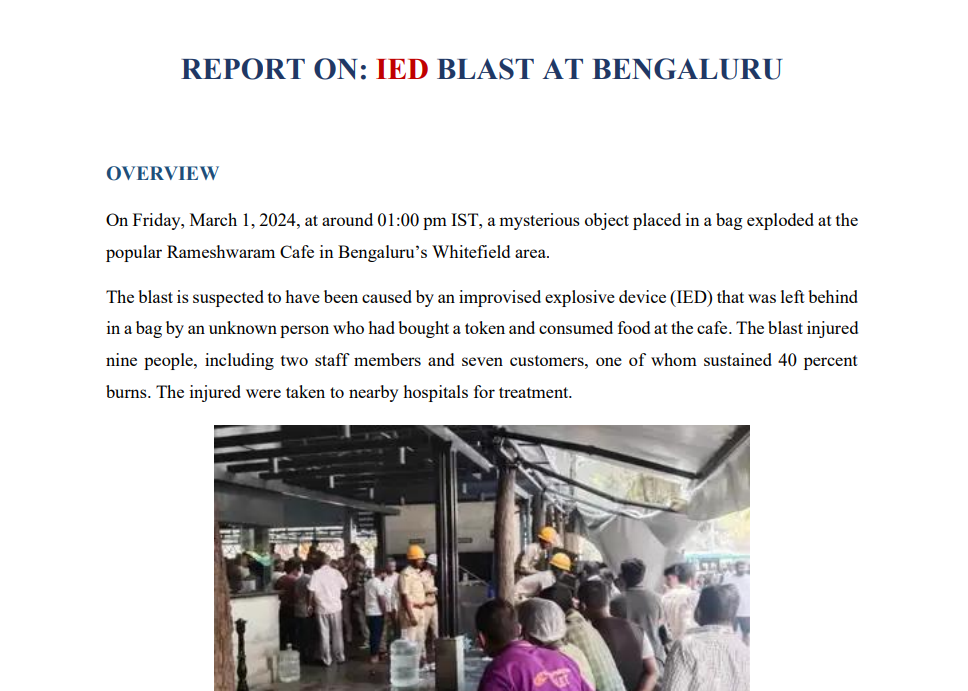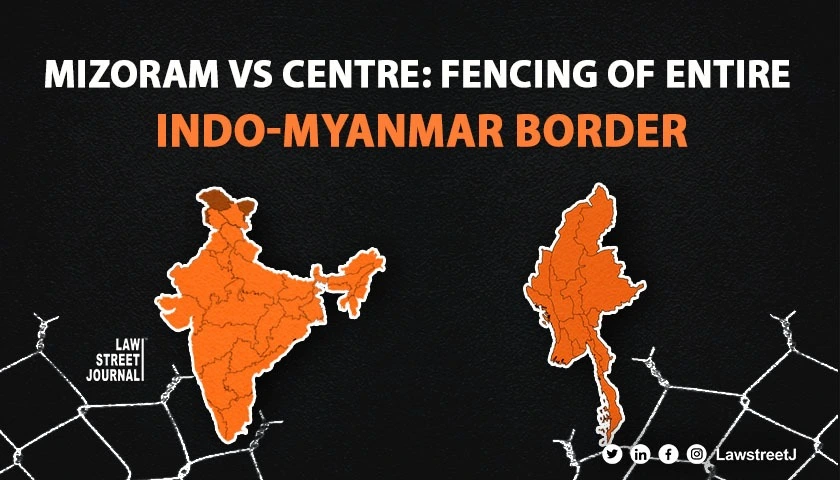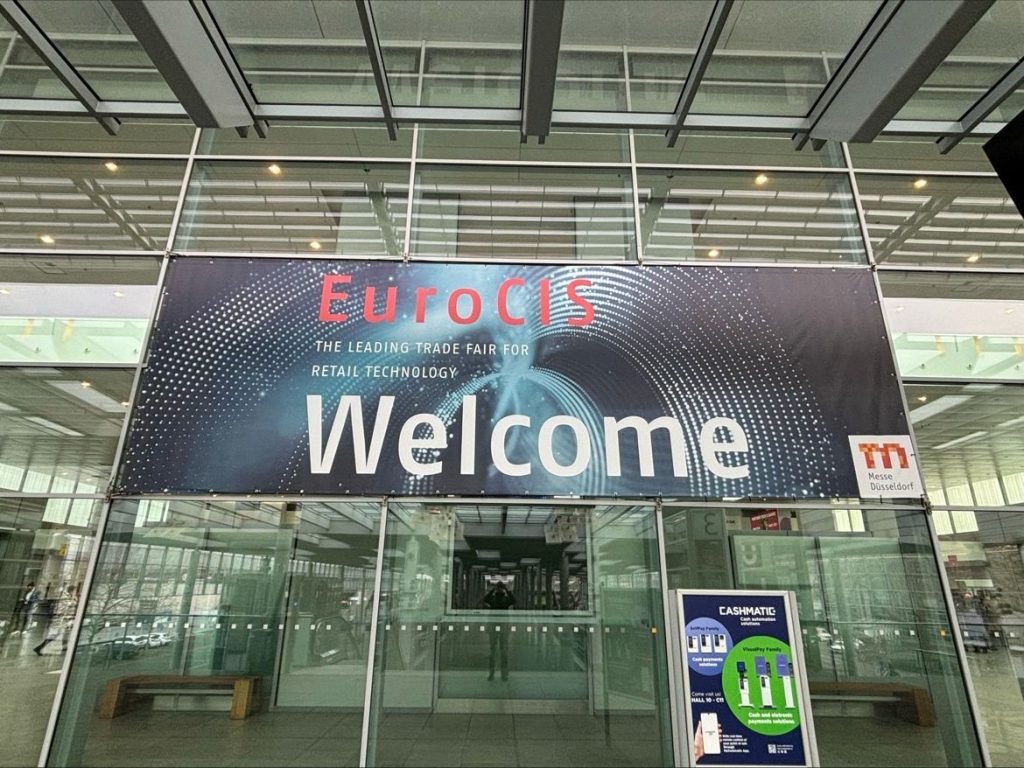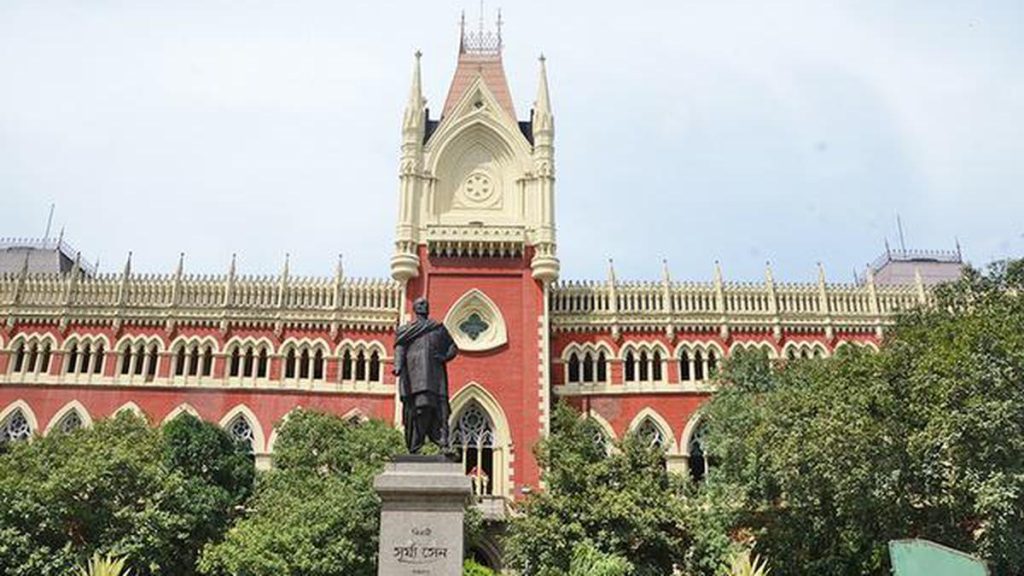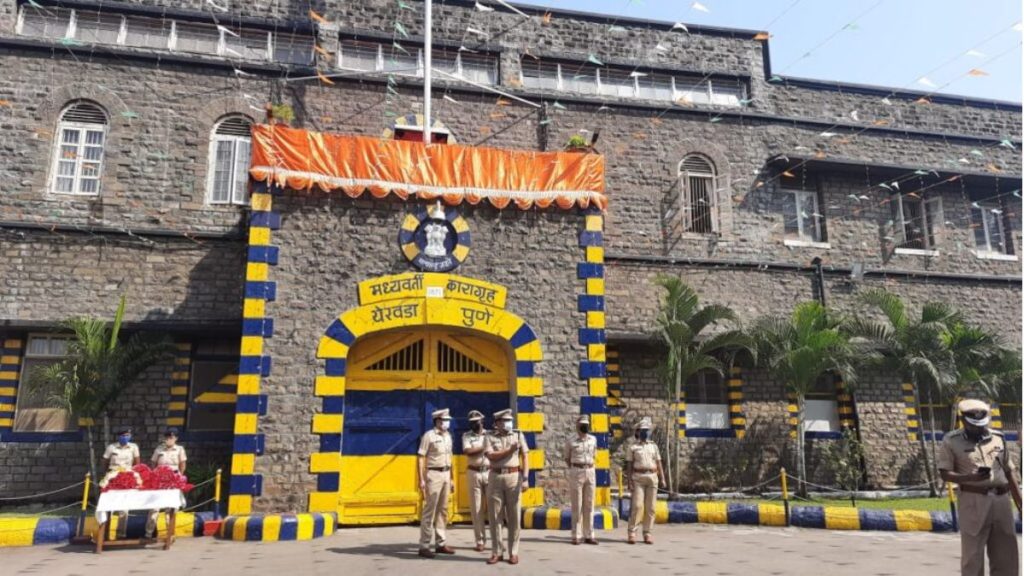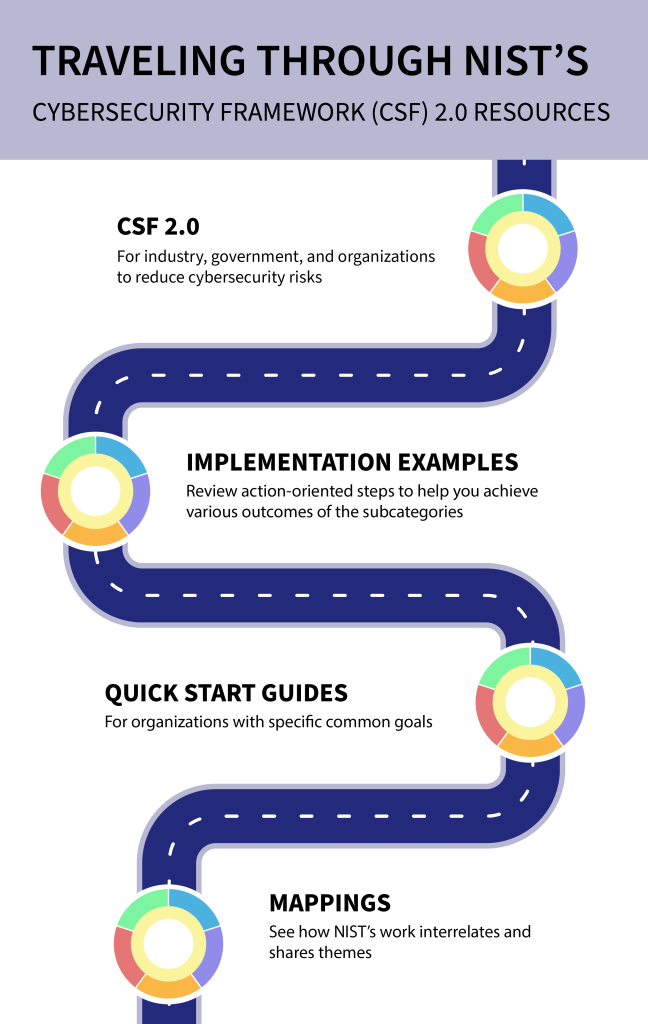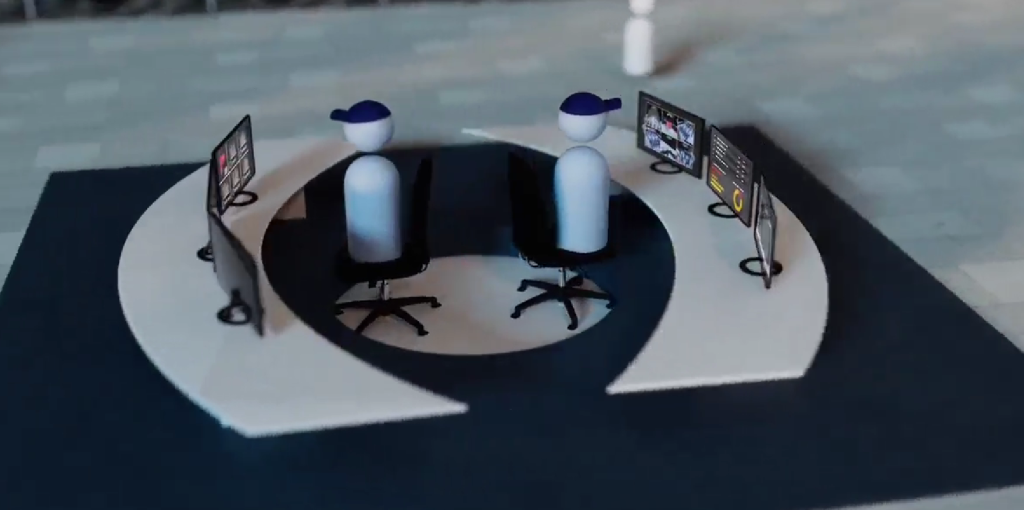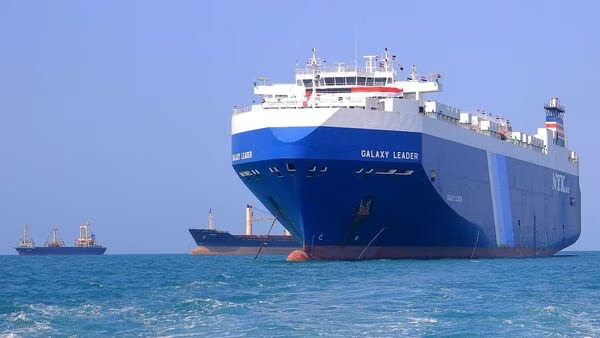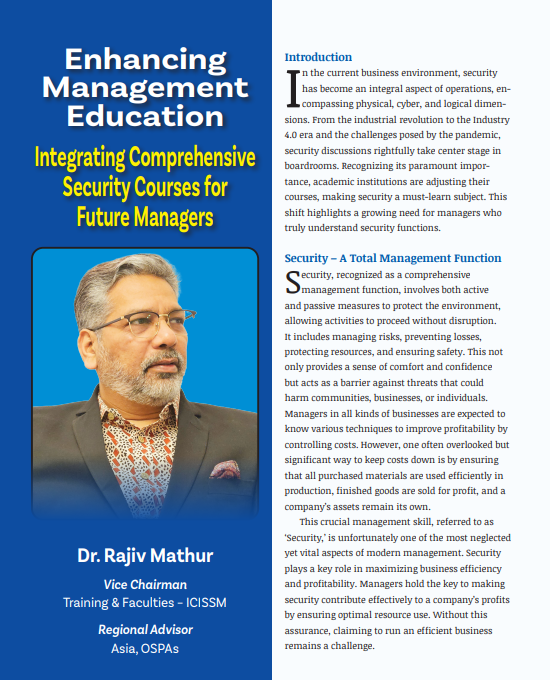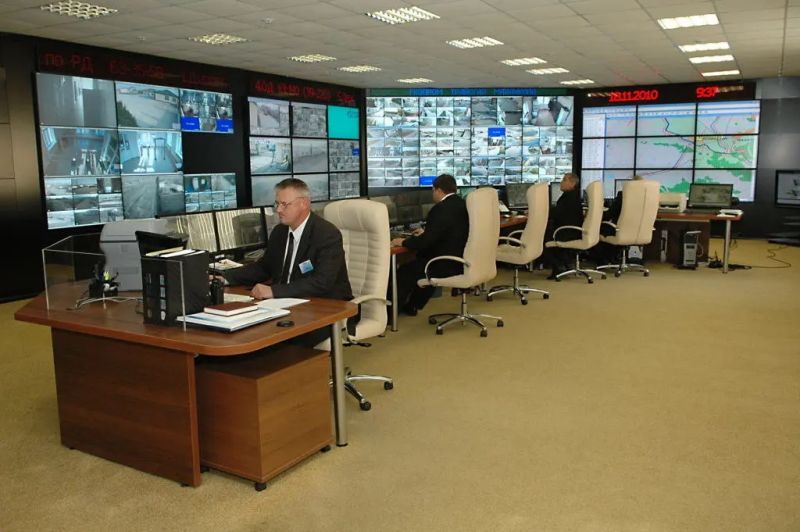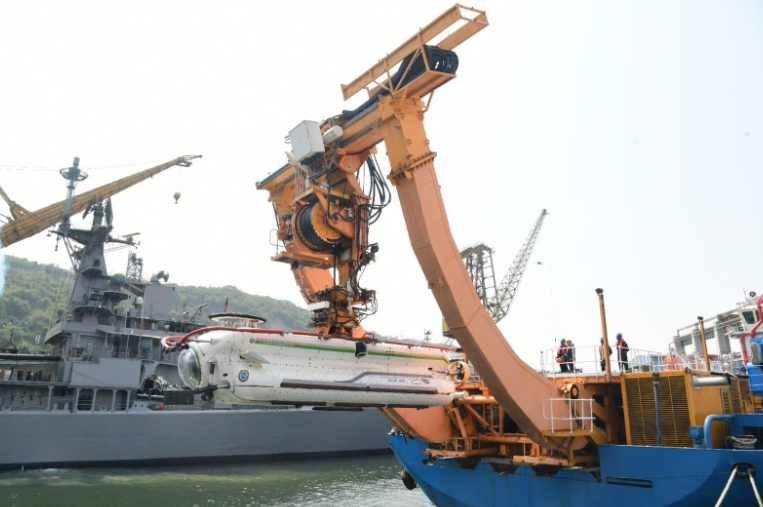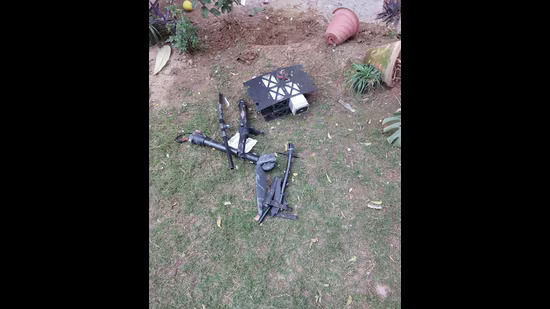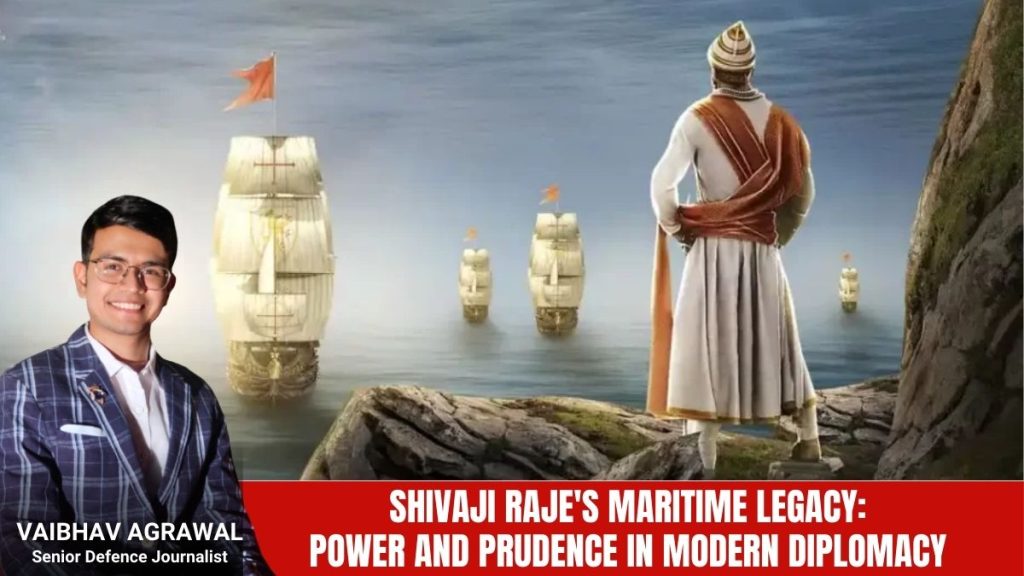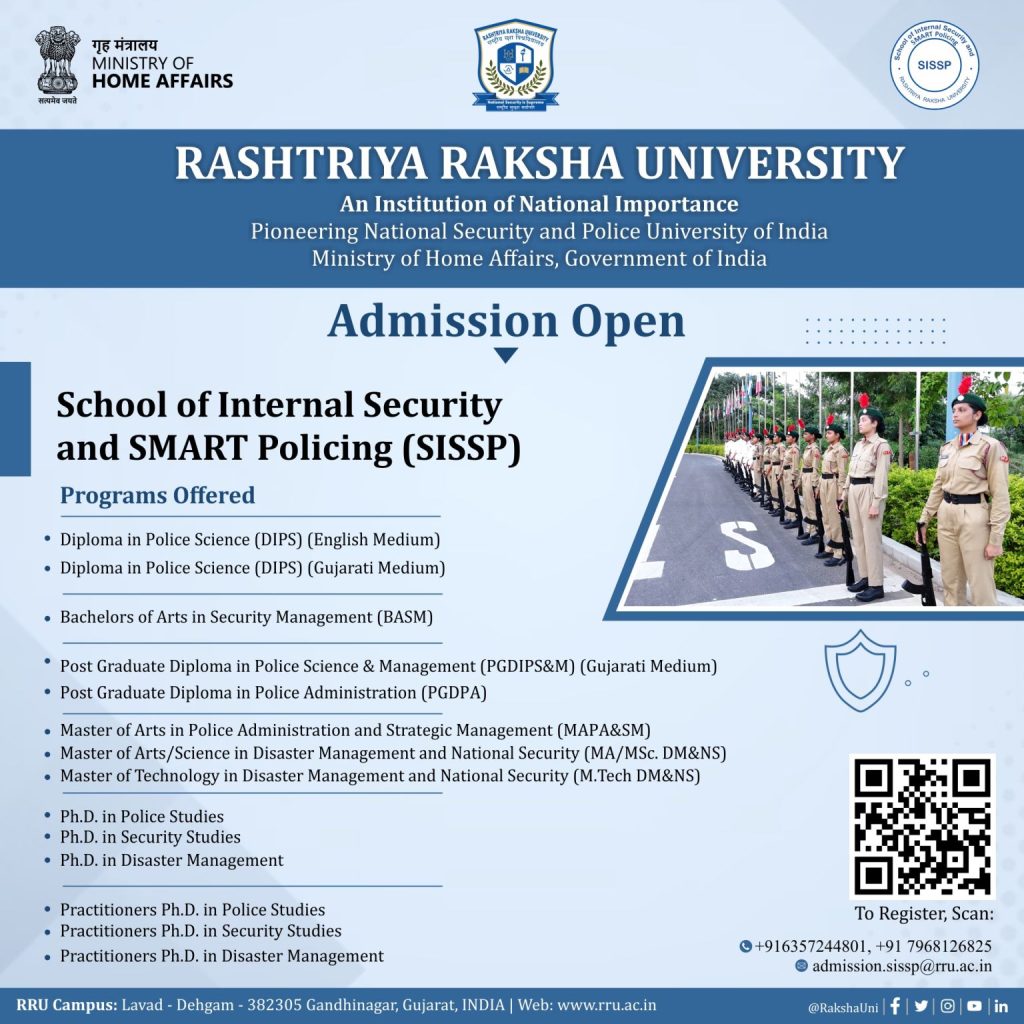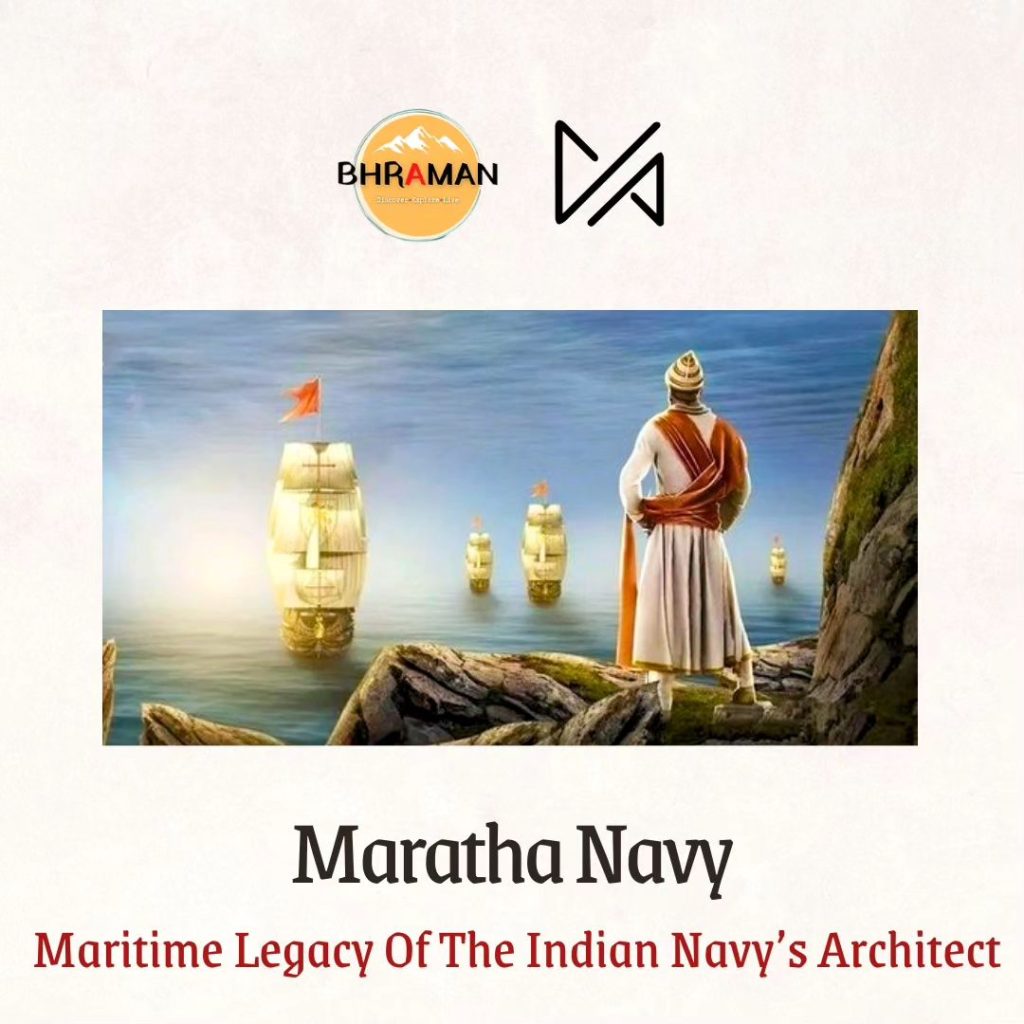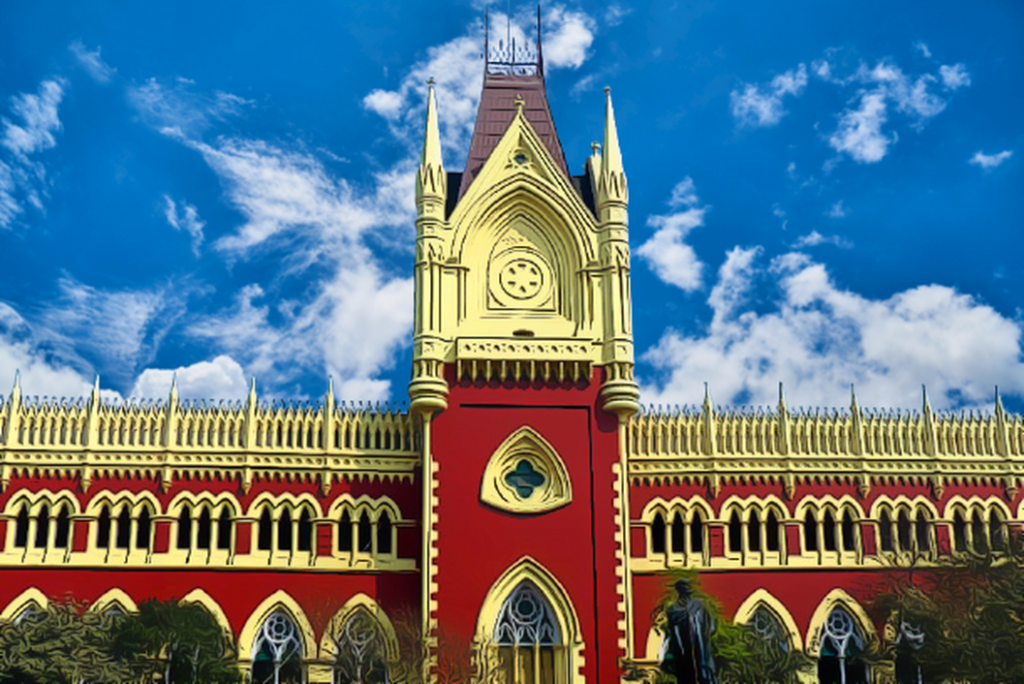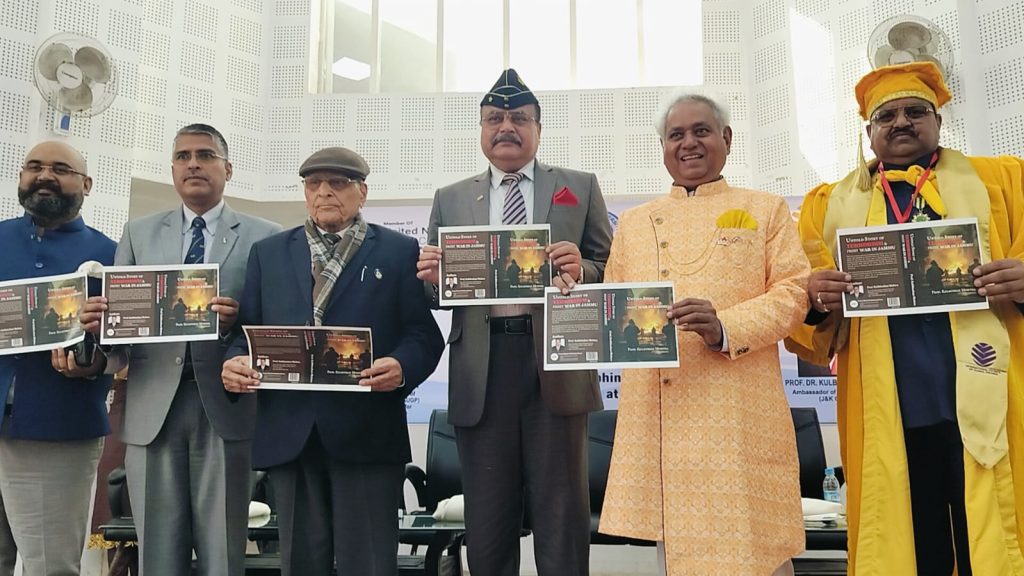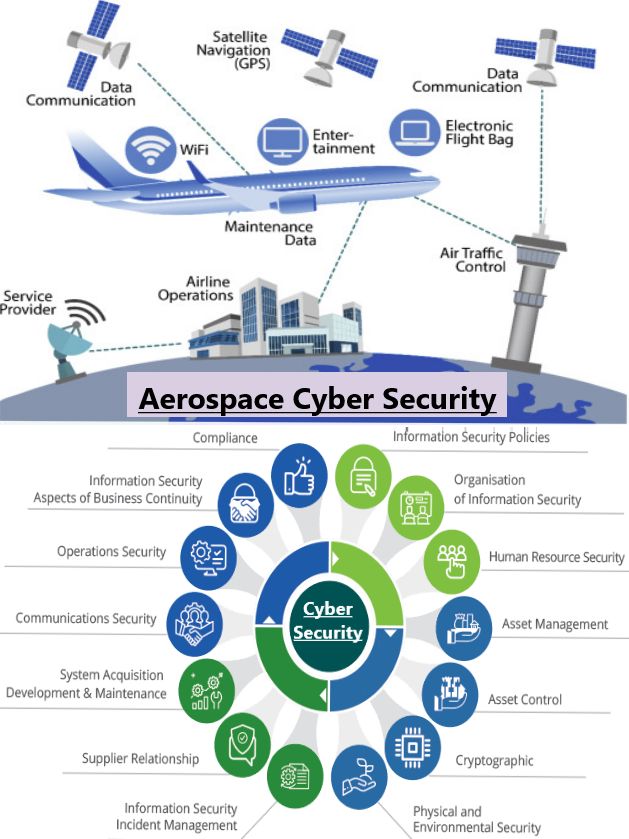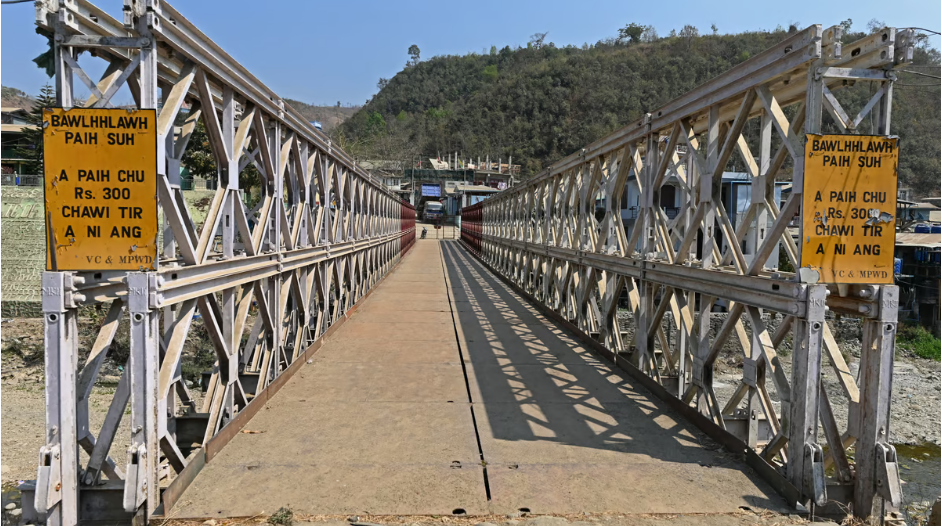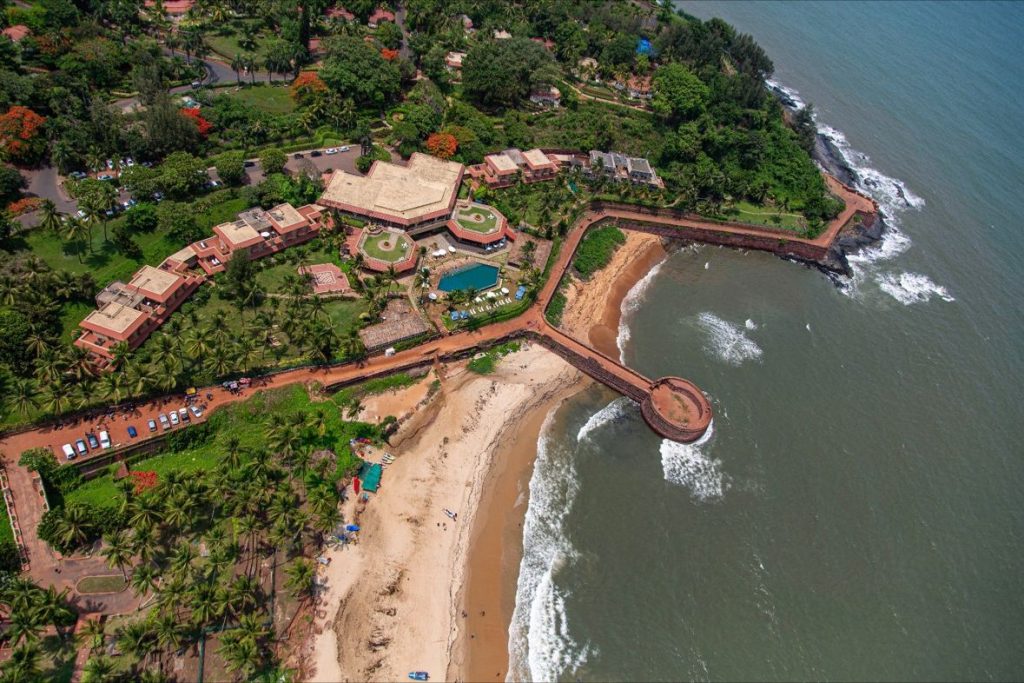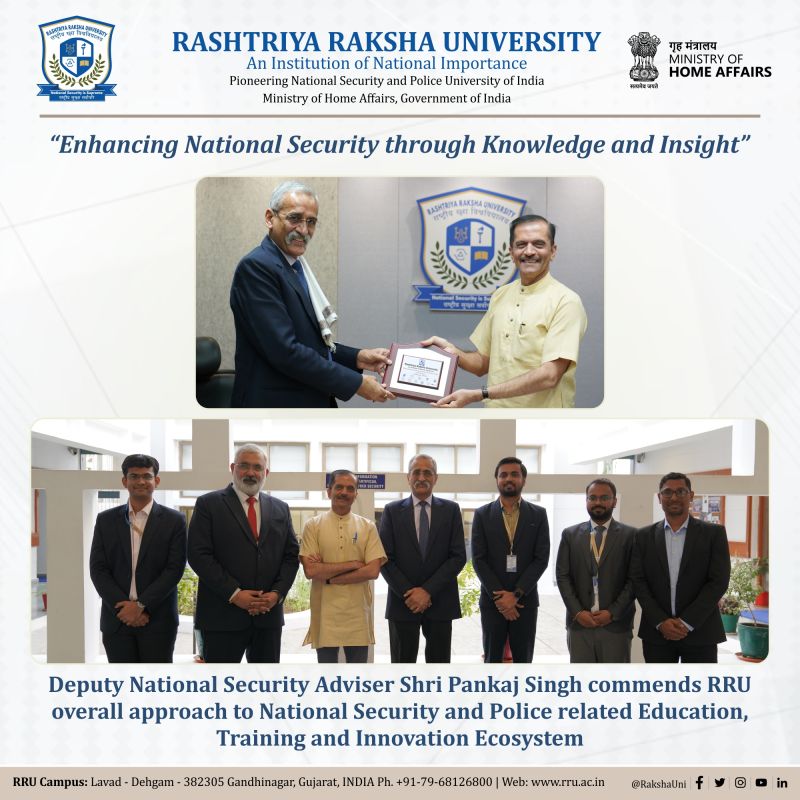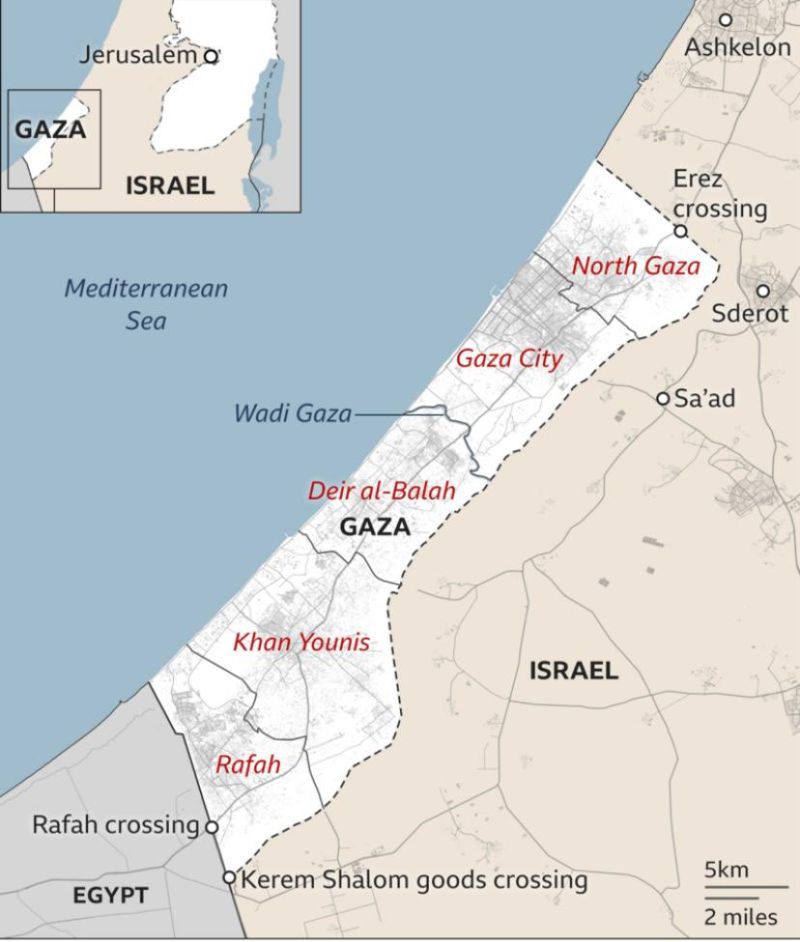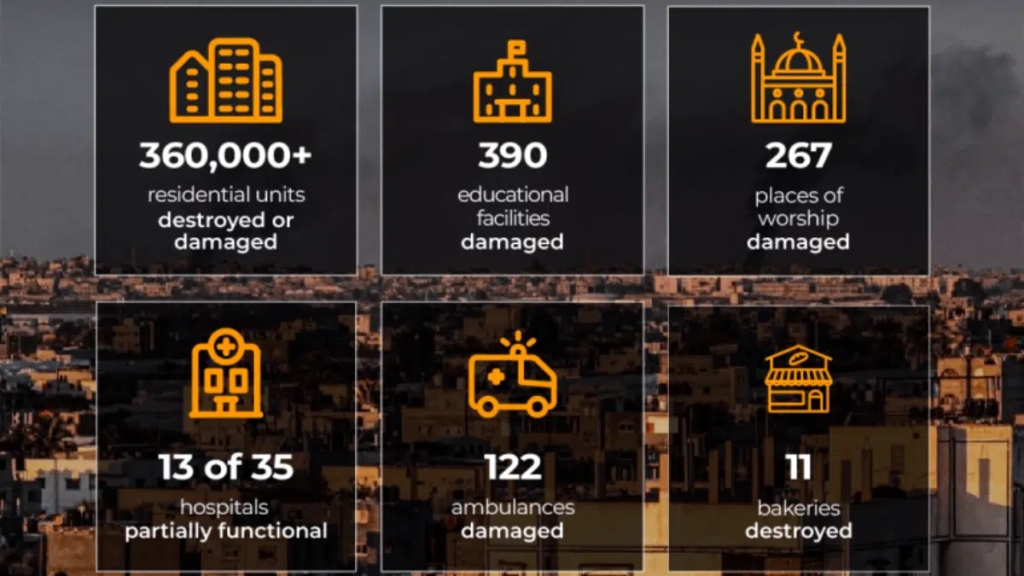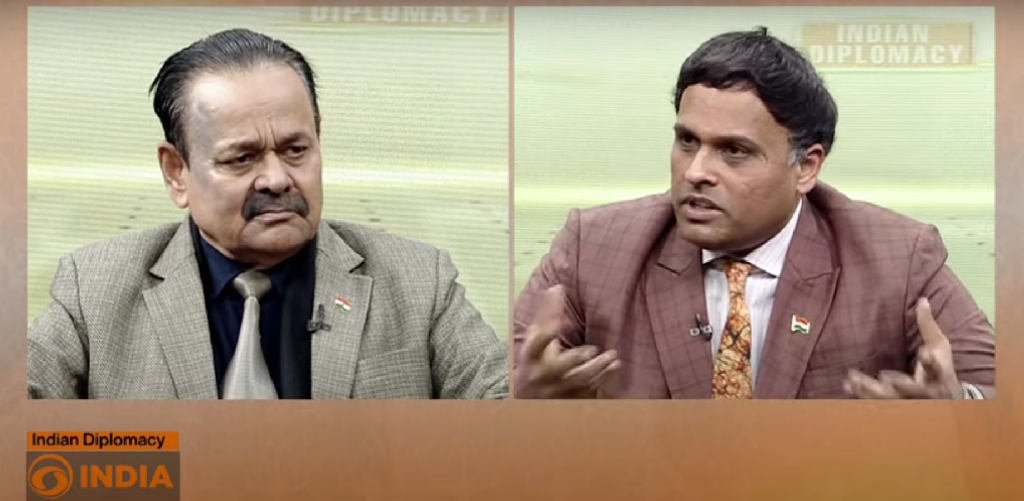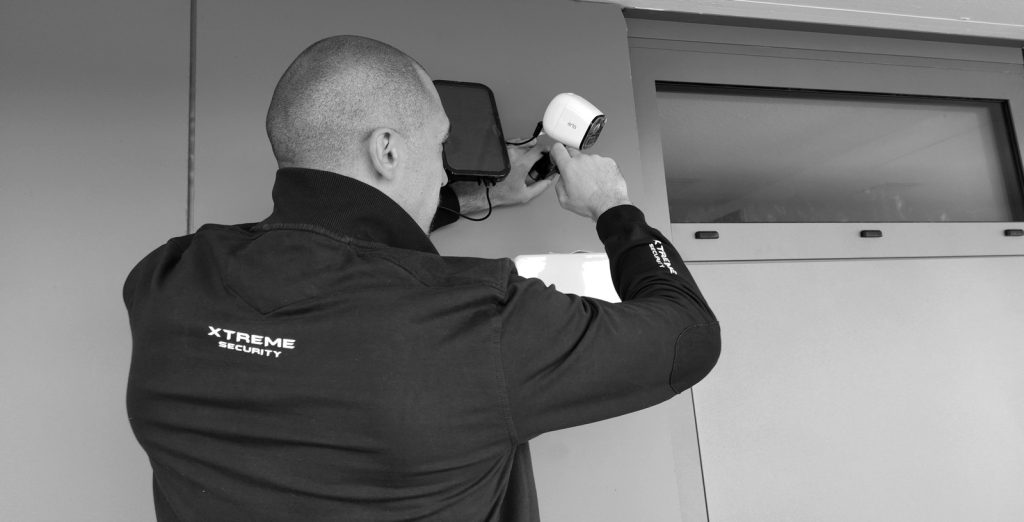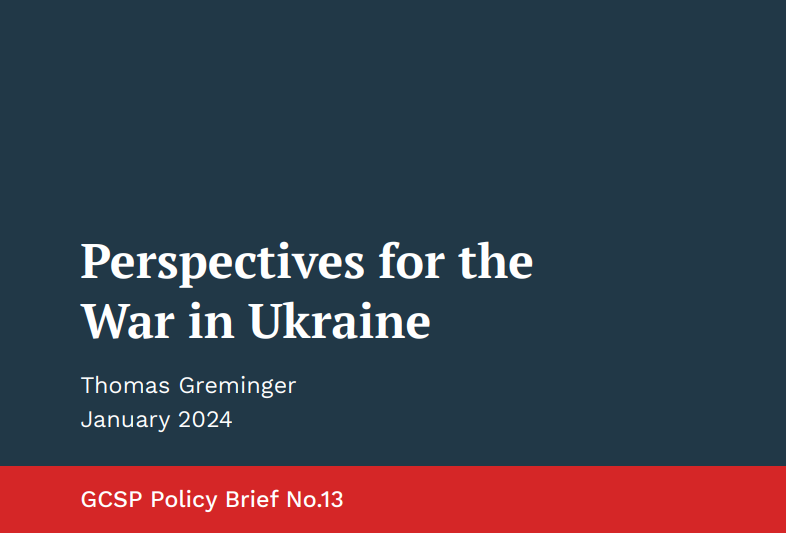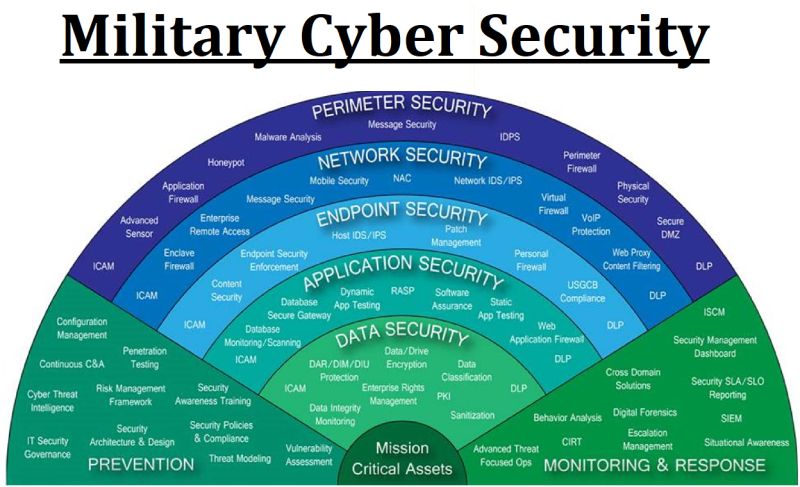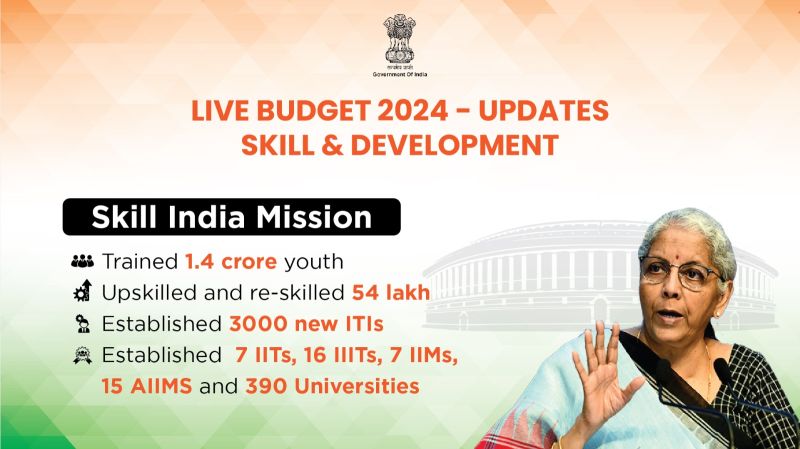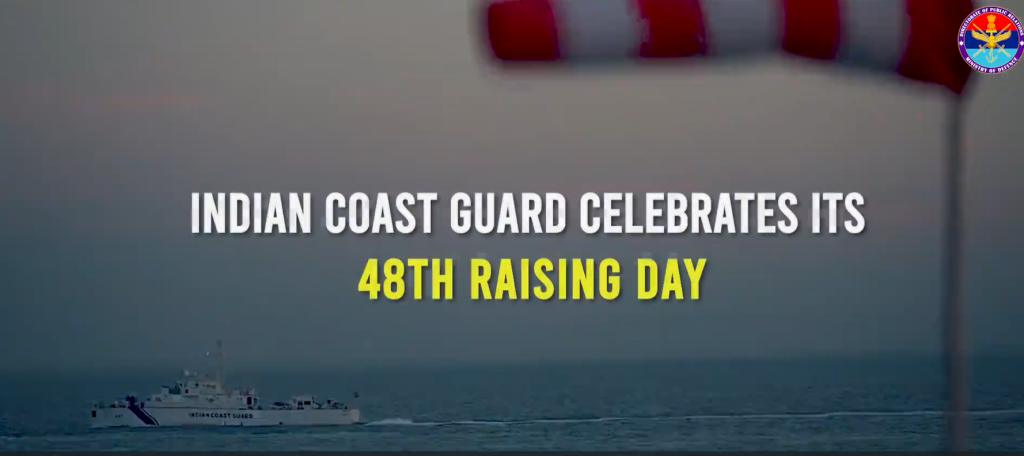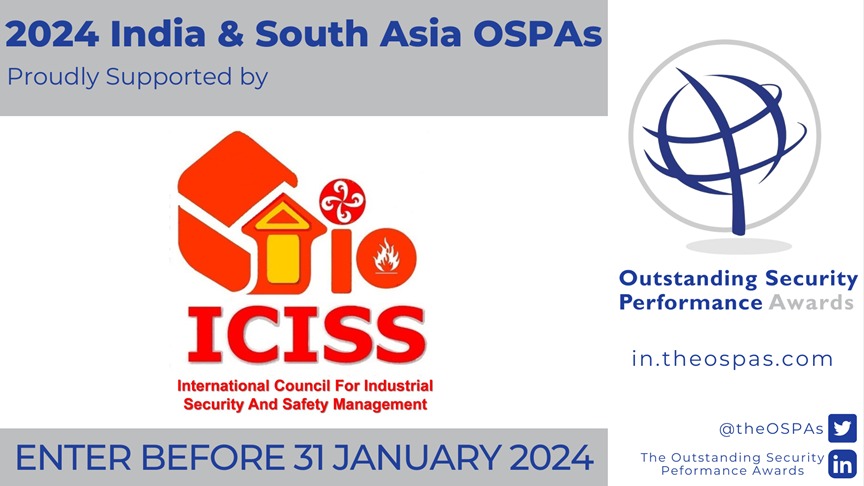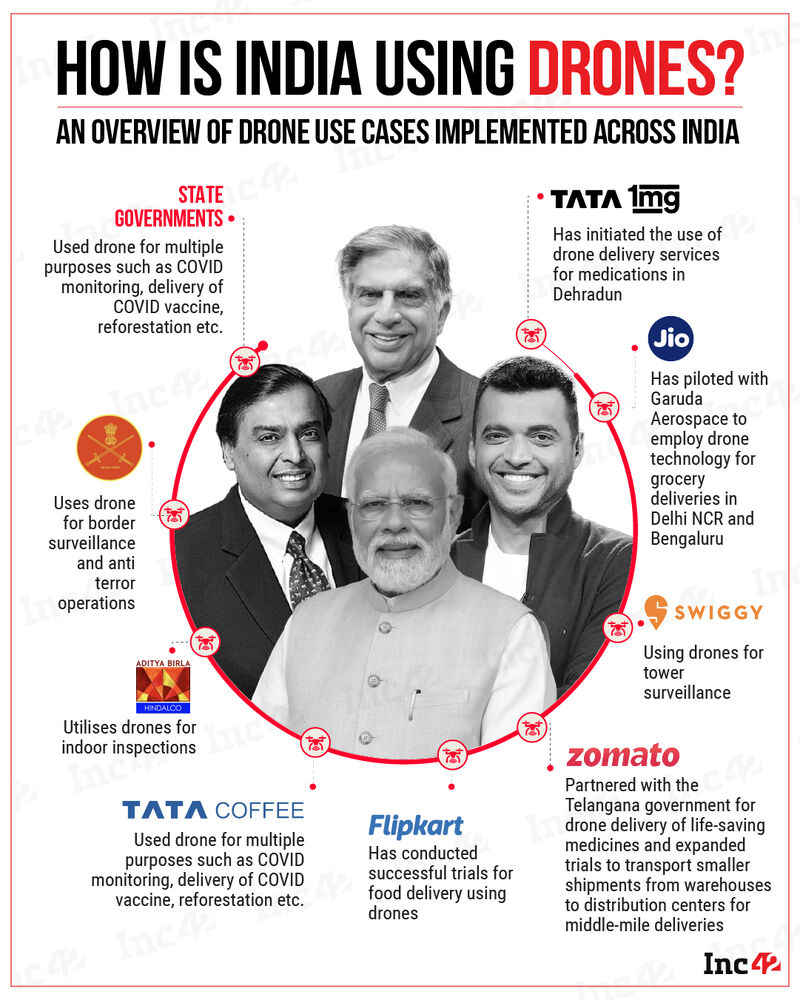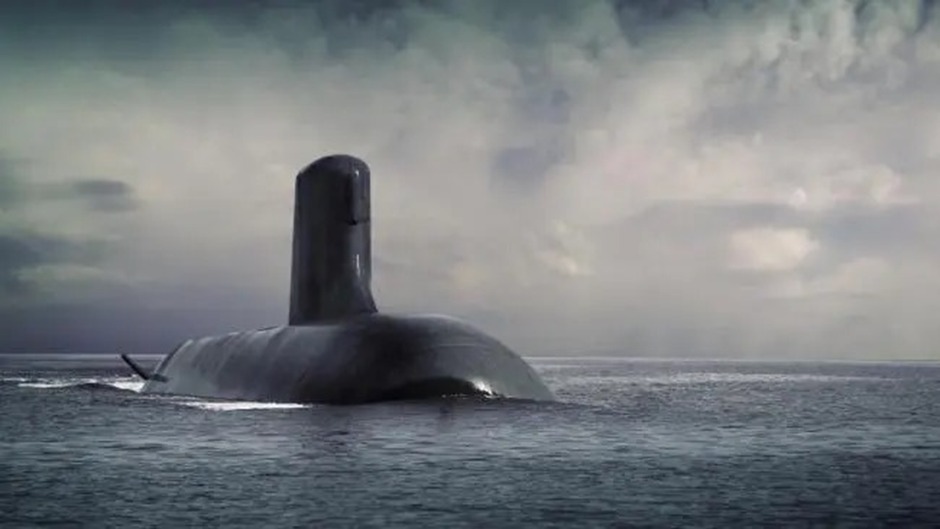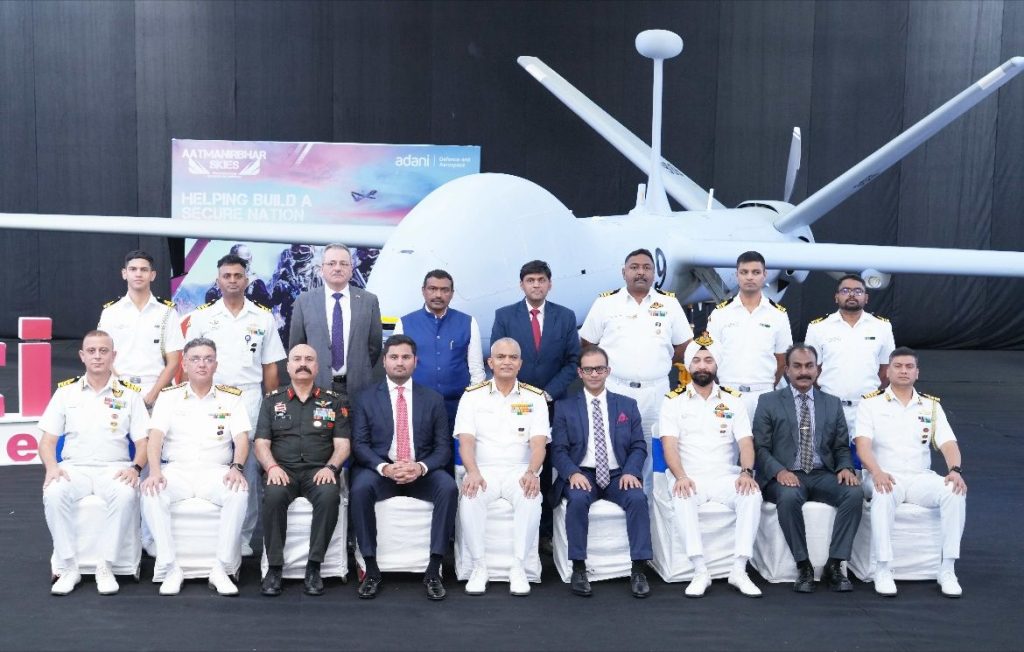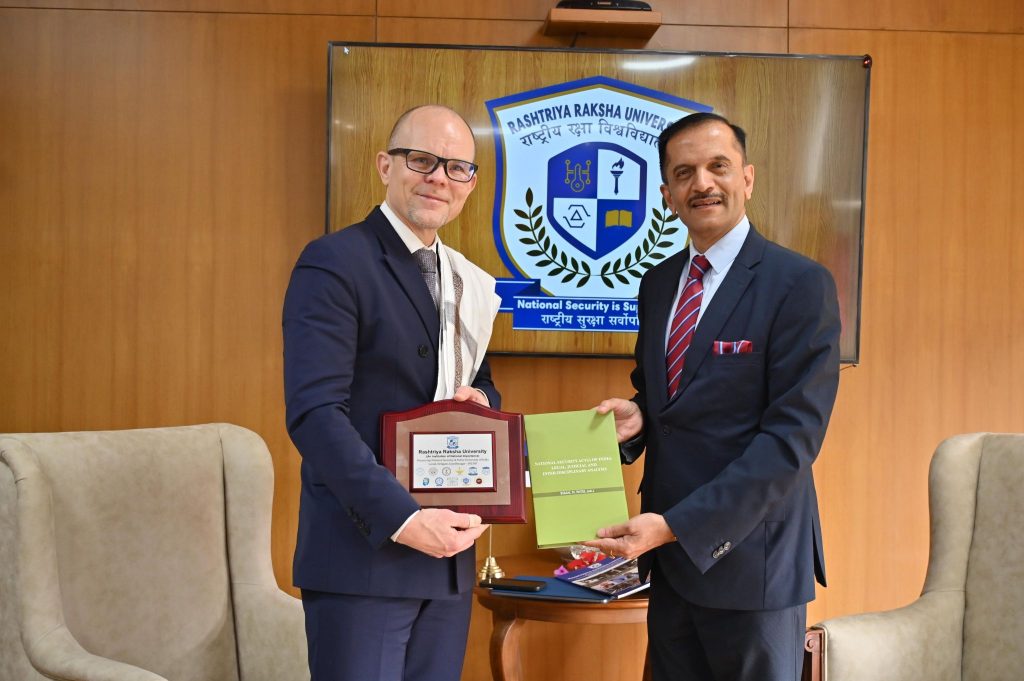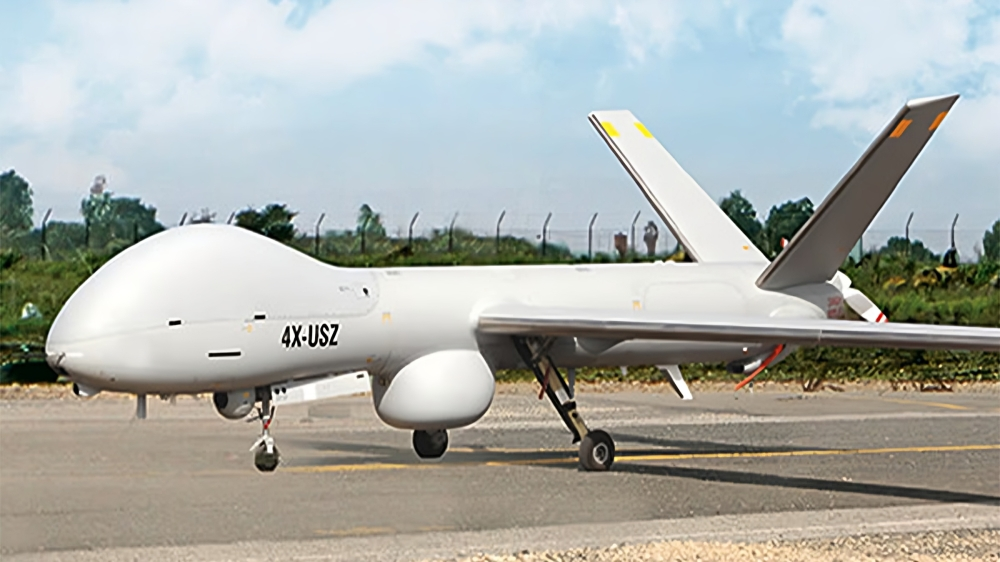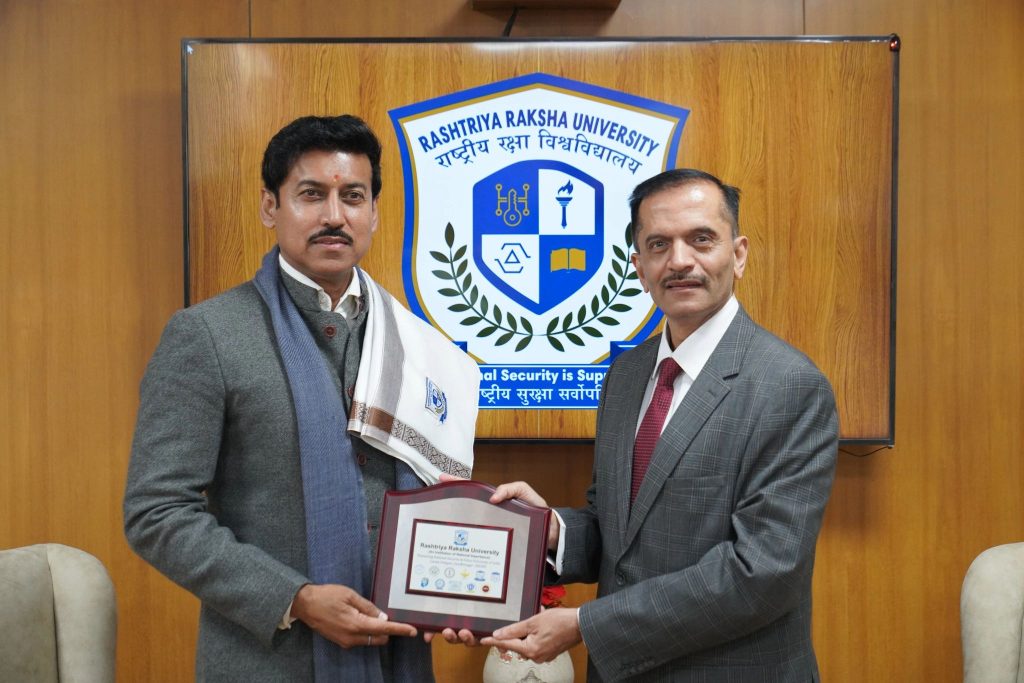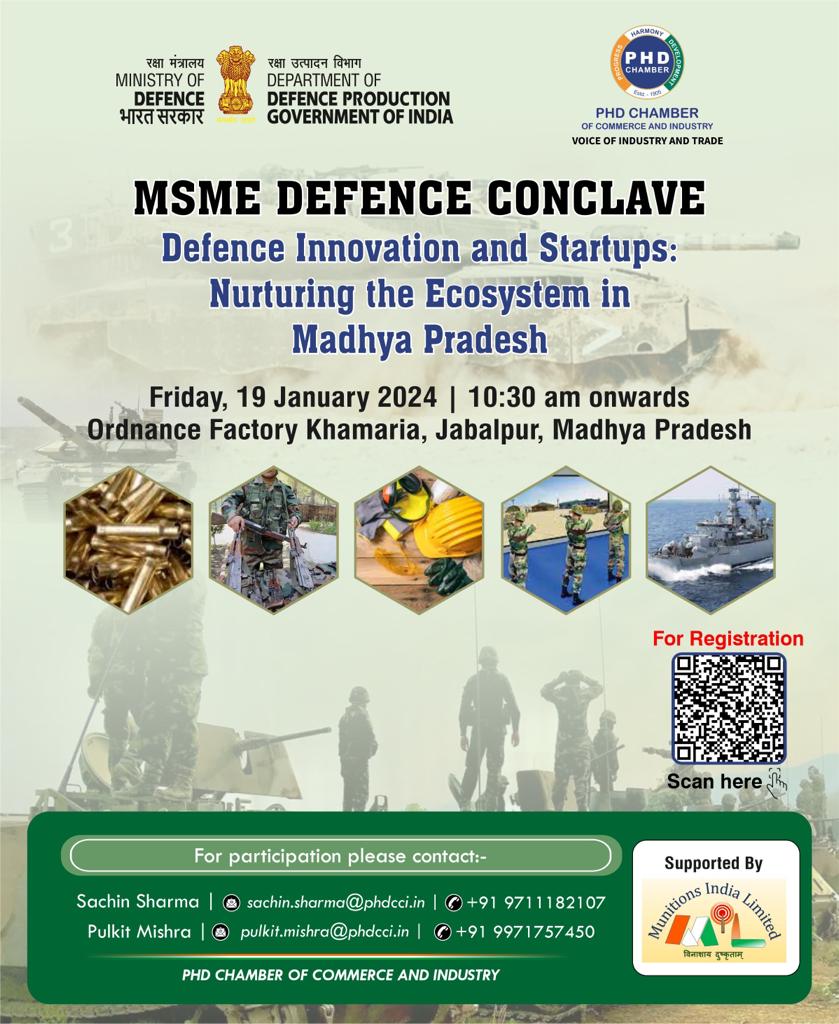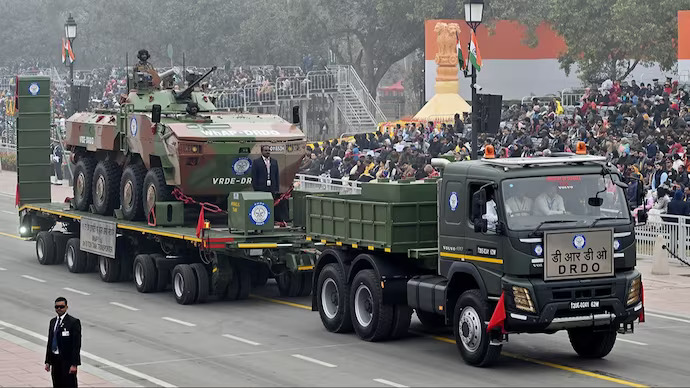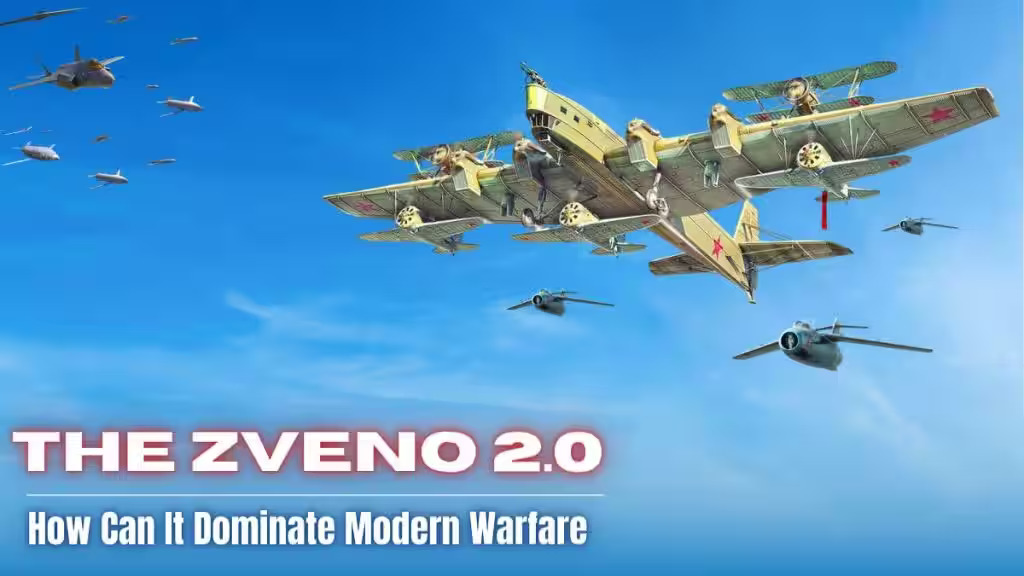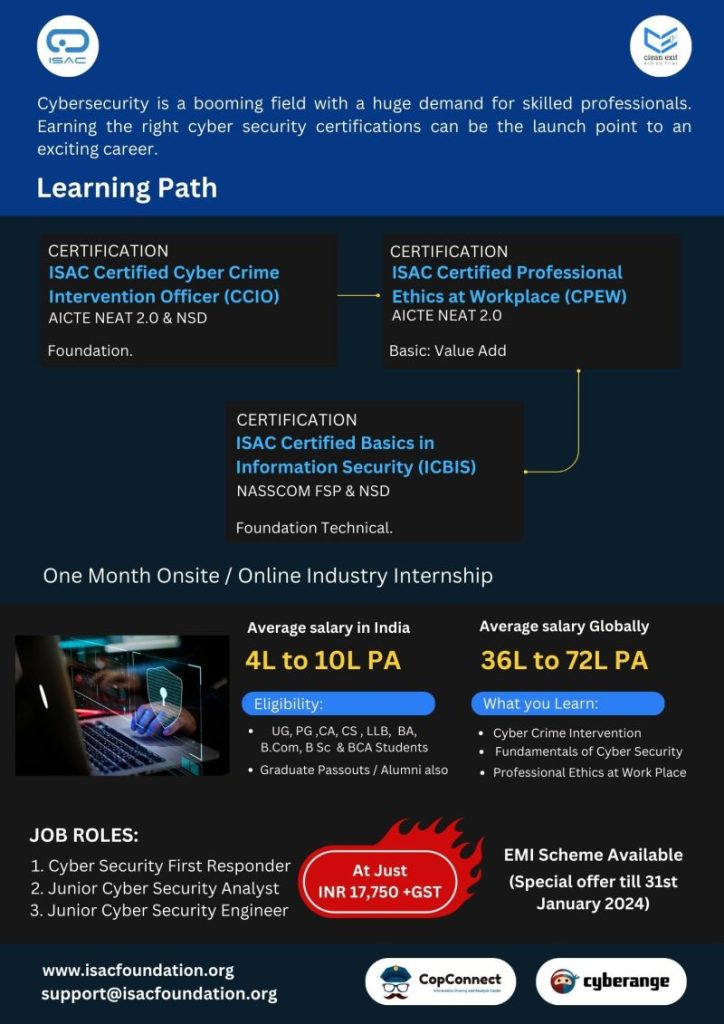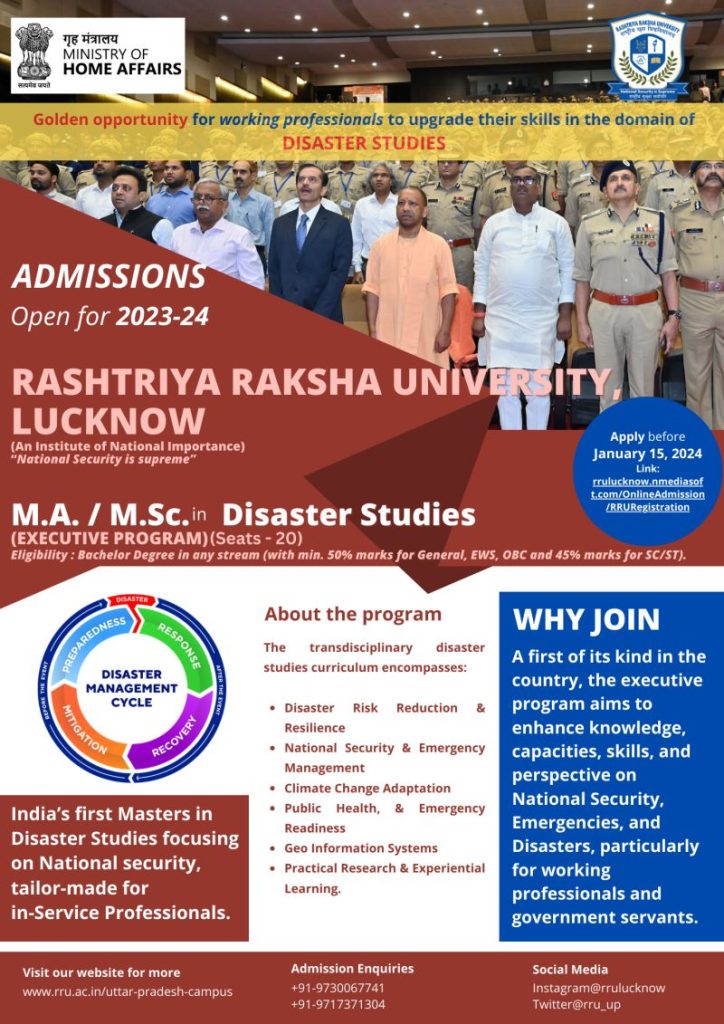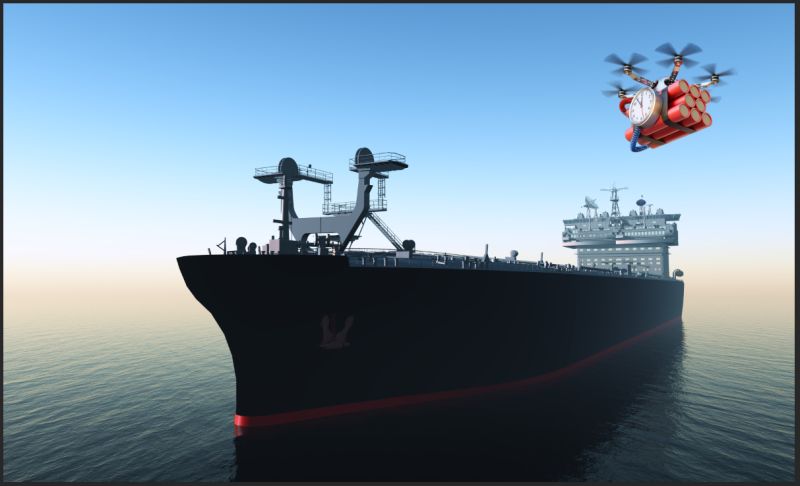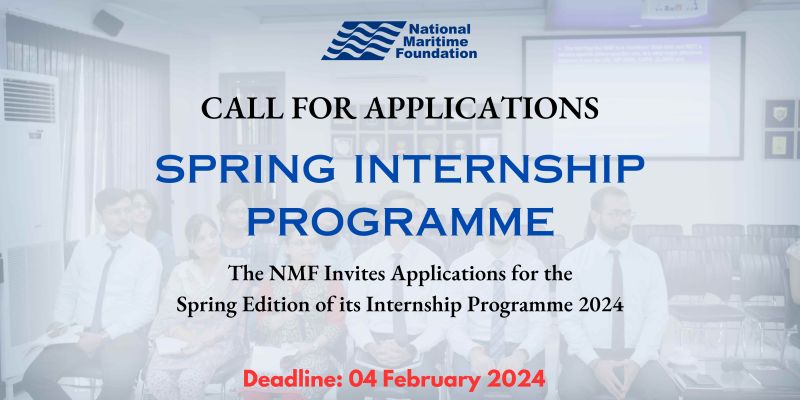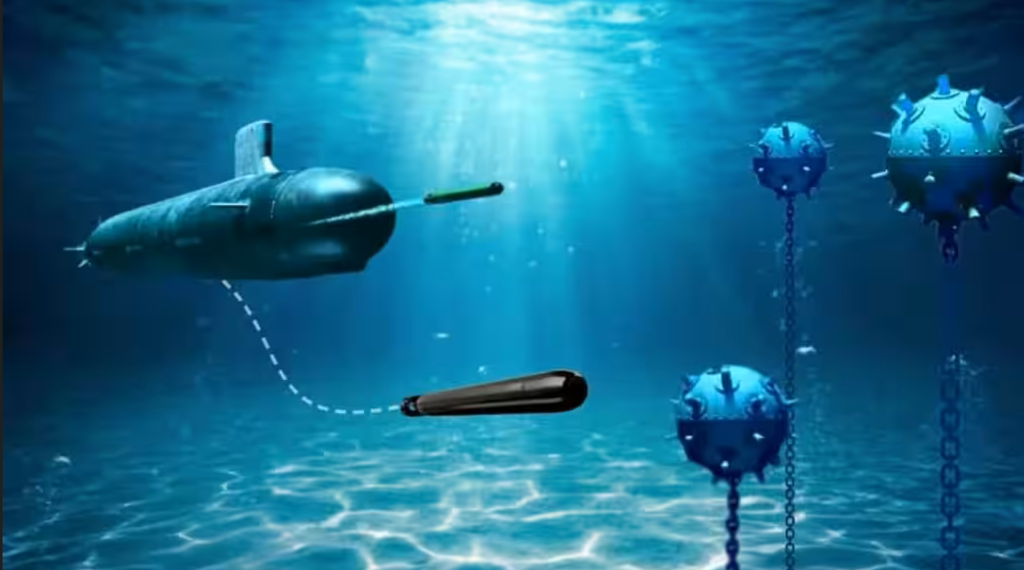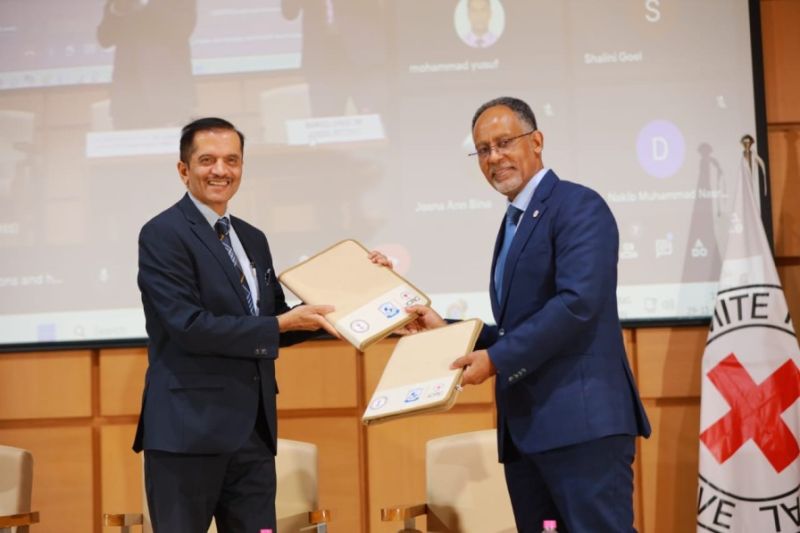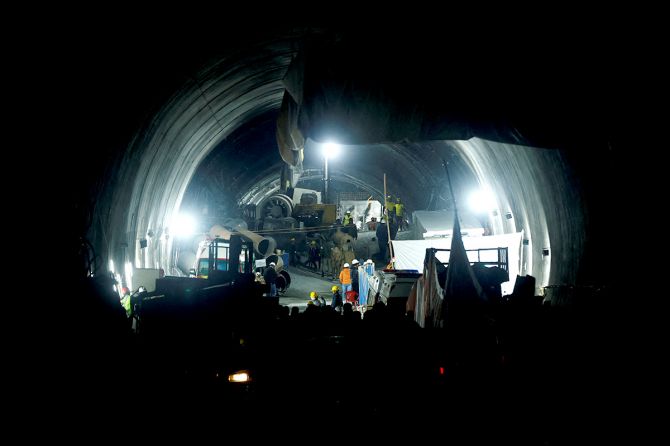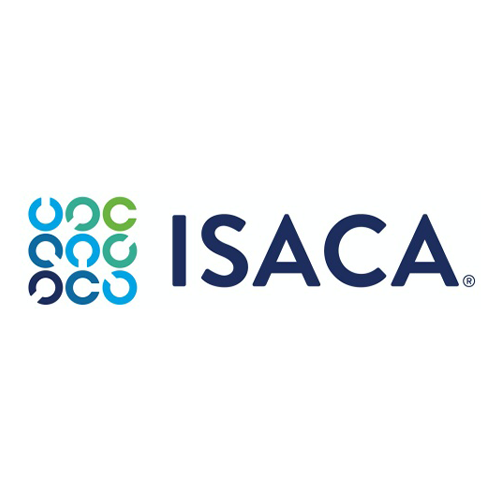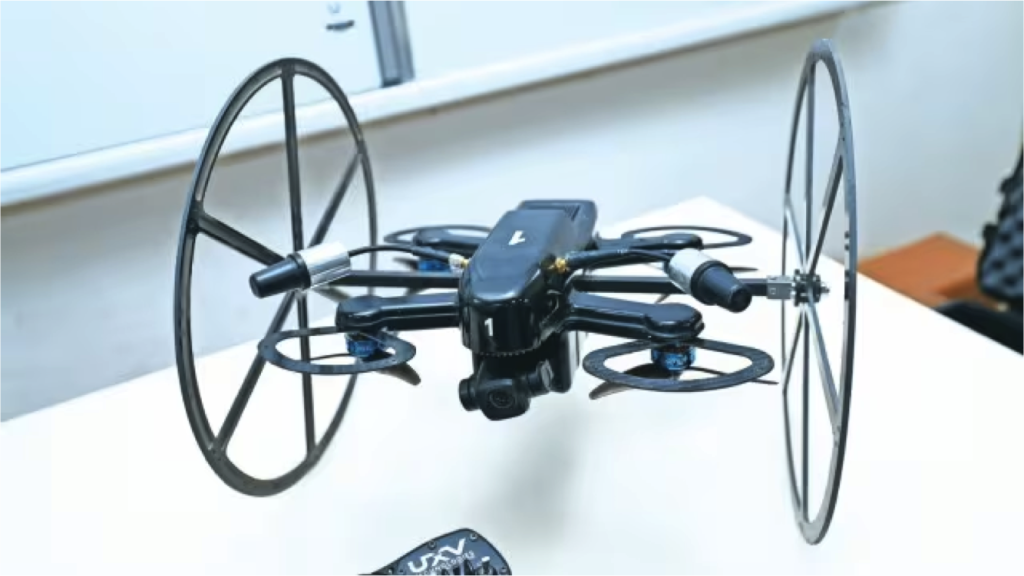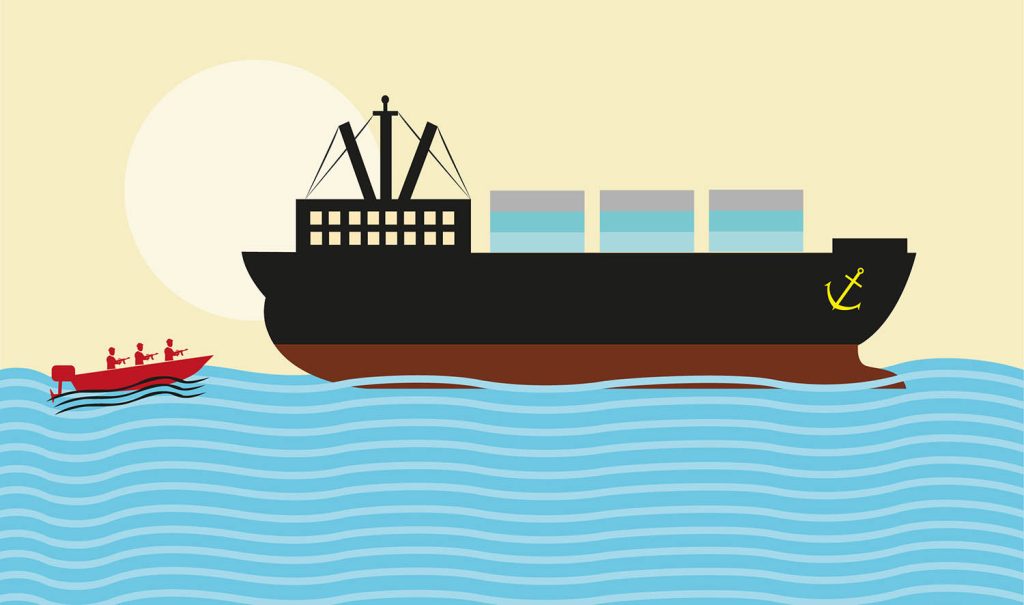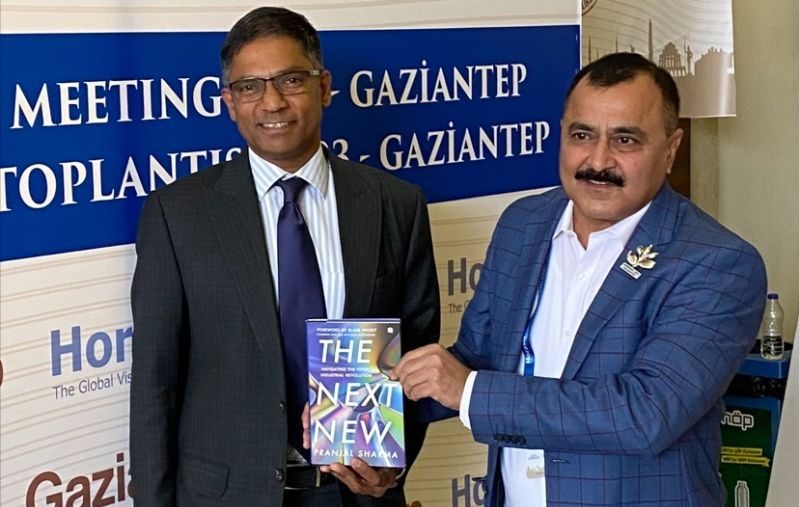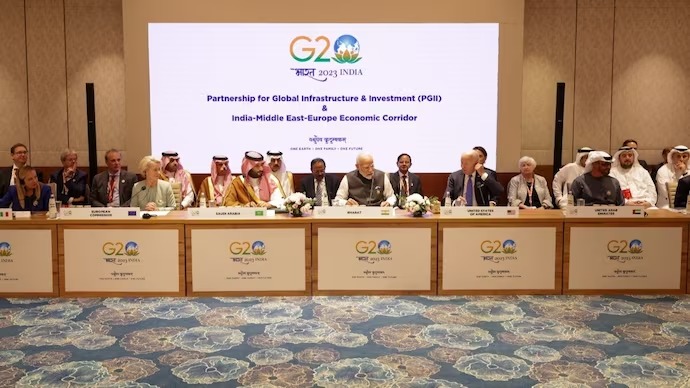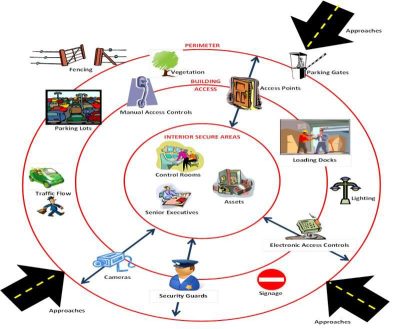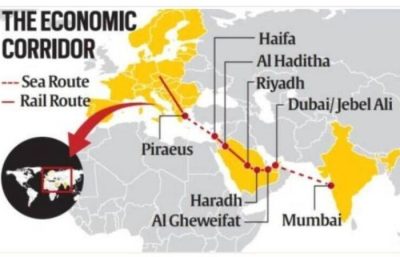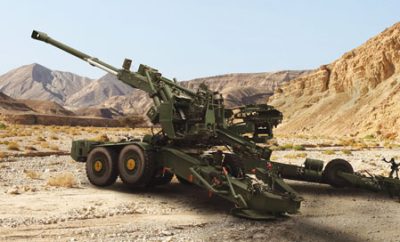MILAN 2024: India showcases naval diplomacy, promotes collaboration and maritime security
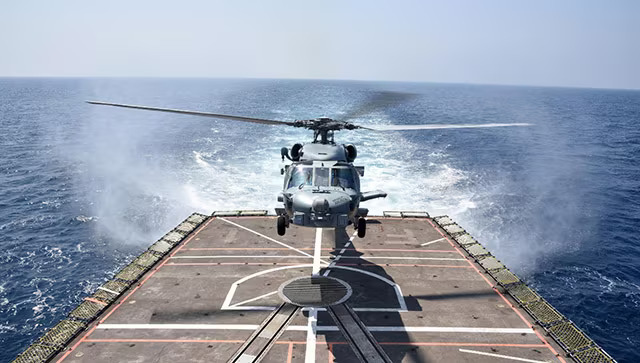
By
Srikant Kesnur
MILAN, from its humble beginnings in 1995, has transformed into a mega navy event and has been concomitant with India’s rise in stature and global power
Operations at sea during MILAN 2022. Image courtesy Indian Navy
Close on the heels of the G20 Summit meeting and India’s presidency of the elite group, comes another big-ticket event that India is hosting with the Indian Navy as the prime mover. Next week, from 19 February onwards, warships, military aircraft and delegations from Navies across the world will congregate at Visakhapatnam for MILAN 2024. The twelfth edition of this flagship event of the Indian Navy is expected to witness the participation of more than 50 nations, with nearly 20 of them also sending their ships or aircraft to be a part of the marquee gathering.
MILAN, which translates into ‘meeting’ or ‘gathering’ or ‘confluence of people’ in Hindi, began in 1995 as a biennial multinational event under the aegis of Andaman and Nicobar command till its tenth edition. It shifted to Visakhapatnam for the eleventh edition held in 2022. Vizag will also be the venue for MILAN 24, scheduled to be conducted from 19 to 27 February 2024 under the Eastern Naval Command. The theme of the previous edition ‘Camaraderie–Cohesion–Collaboration’ has also been adopted for this one, thus making it an overarching vision of the MILAN.
What and who will it involve?
MILAN 2024 exercise comprises two parts – the ‘Harbour phase’ and the ‘Sea phase’. The harbour phase, aimed to promote cultural sharing amongst the participating nations, would comprise an International Maritime Seminar, City Parade at the iconic RK Beach, ‘Swavalamban’ Exhibition showcasing India’s indigenously developed products, Subject Matter Expert Exchanges on a wide variety of specialist naval disciplines, meetings of young crew members and various sporting events. Besides, the event will also provide an opportunity for bilateral and multilateral meetings among heads of delegations on the sidelines of the main event, opportunities for social interactions during the receptions and recreational events, and visits to places of interest and cultural sites in the vicinity.
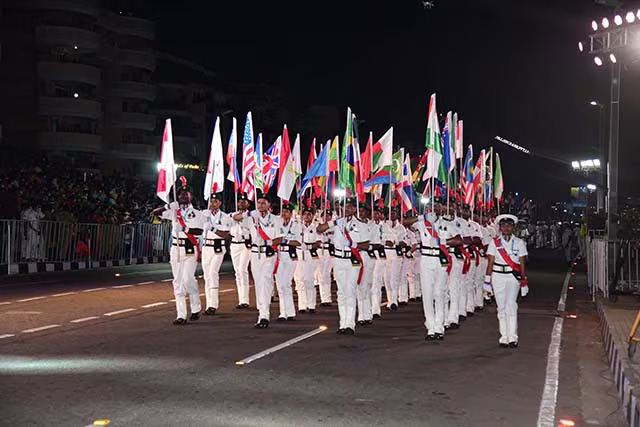
City parade during MILAN 2024. Image courtesy Indian Navy
During the sea phase, ships along with maritime patrol aircraft and submarines of friendly foreign countries would participate along with the Indian Navy units. For the first time in MILAN, both our aircraft carriers – INS Vikramaditya and the indigenously built INS Vikrant – as also several modern indigenous destroyers and frigates will be a part of the Indian participating force. This phase will involve large-force manoeuvres, advanced air defence operations, anti-submarine warfare and anti-surface operations which are aimed at honing the skills of operators, maintainers, planners and executors across the full range of their skills. It will also give the navies a chance to incorporate and imbibe the best practices and enable doctrinal learning in the maritime domain through professional interactions.
The 50+ nations encompass a wide geography and several diverse categories. They include big powers and smaller ones; they include countries in our neighbourhood and some distance away; they include nations from different parts of the world. Together they represent a vast swathe of humanity.
Genesis of Milan
The genesis of this event is quite fascinating. In the (paraphrased) words of Admiral VS Shekhawat, the former Chief of the Naval Staff, “In 1977, when I attended the Naval War Course at the United States, at a presentation to international participants, an official chart was displayed showing Visakhapatnam and Port Blair as Soviet naval bases, akin to Cuba and elsewhere. Despite my remonstration that this was untrue – and they too knew about it – and that such disinformation caused injury to interests of both India and the US, the perception persisted amongst their higher officials in the Navy and national apparatus. Such ‘propaganda’ was, in my view, inimical to development of better relations between India and the US and, by extension, the rest of western block nations. Later, as the Director of Naval Intelligence, I saw that such long (and wrong) held beliefs resulted in denial of access for Indian ships at several western ports, denial of permission for Indian military personnel from several exhibitions and events, denial of technology and such like. I was determined to rectify that situation if given an opportunity. Thus, when I became the CNS, in September 1993, we made a beginning at Port Blair. The idea was to have a low key, harmless, get-together, open to world scrutiny and demonstrate that it was an ordinary Indian facility with hardly anything there. Thus, I wrote letters to the regional (Bay of Bengal) Navies inviting them and got the Ministry of External Affairs to write to the Ambassadors of these countries. The agenda was simply ‘come play games, have cultural programmes, sailing competitions, conduct simple exercises’. The event was to take place quietly and later on we could build upon it. We just wanted to get a foot in the door, so to say. It was simply a door opening exercise which has now transformed into a big event…. as the Navy thinks big.”
Thus, this multilateral naval exercise started in 1995 with the participation of four foreign countries – Indonesia, Singapore, Sri Lanka and Thailand. In the very next edition in 1997, it had six nations and 11 foreign warships participating. Over some time, it has burgeoned in strength; for example, the 2018 edition – the last in Port Blair – saw 16 nations participating and in Milan 2022, at Visakhapatnam, there were 39 nations.
Interestingly, Milan 95 aligned with India’s ‘Look East policy’ when India was looking to entrench itself deeper in the Southeast Asia region. This came at a time when India was navigating a new world that had lost its bipolarity with the fall of the erstwhile Soviet Union. Over some time, as India has enunciated new foreign policy paradigms such as ‘Act East’, ‘Neighbourhood First’ and outlined a vision of ocean-led development through ‘Security And Growth for All in the Region (SAGAR)’, the Navy has acted in concert to provide palpable physical manifestations to such concepts through ship visits, exchanges, joint exercises and many other initiatives. MILAN is one such large-scale endeavour.
Significance and importance of MILAN
While it may be tempting to simply classify MILAN as one of the Indian Navy events to engage with the Navies of friendly foreign countries, the import goes beyond that. First, it needs to be underscored that the maritime domain is essentially a multilateral one. Seas and Oceans are significant global commons that have helped bridge the land masses for ages, enabling a wide variety of exchanges and interactions from trade and commerce to culture and conquest. Thus, navies are naturally programmed to be at the vans of their nations’ international diplomatic efforts. It is for this reason that ‘Man of War’ (as a warship is called) is described as the ‘best ambassador’ and navies are supposed to have a diplomatic role as an intrinsic part of their job description. However, translating this conceptual formulation into reality requires the hardware, software, wherewithal and skill sets to be in place, and it is to the credit of the Indian Navy that it has built up these attributes expeditiously.
Second, allied to this, the strategic location of the Indian subcontinent has made it a focal point for trade and constant exchange of cultures, resources, assets and ideas. Indian Navy has, thus, emerged as India’s tether to maintain relations with other nations, militarily and diplomatically. The diplomatic canvas of the Indian Navy is both wide and deep and amongst the various activities being undertaken by the Indian Navy (of which more later) MILAN has emerged as the flagship event towards fostering ‘camaraderie, cohesion and collaboration’ amongst friendly foreign navies.
Third, in a world where maritime security is of paramount importance, MILAN stands as a good example of nations coming together to address common challenges and create a more secure and prosperous maritime environment. India’s growing strategic importance in the Indo-Pacific region is one aspect of this. It makes it possible for this forum to become an attractive platform for nations to build partnerships, exchange ideas and enhance maritime security. By also sharing its expertise and resources, our navy contributes significantly to the collective goal of ensuring freedom of navigation at sea and upholding a rules-based maritime order. Such collaborations not only enhance India’s equities but also promote regional stability and cooperation and underscore its commitment to a secure maritime environment.
Fourth, MILAN provides an excellent opportunity and venue for India to showcase its ‘atmanirbharta’. The Indian Navy has been at the forefront of ‘making in India’ and pioneering India’s indigenisation journey. From humble beginnings in the late 50s, India is now in a select group of few countries that can indigenously build aircraft carriers, nuclear submarines and state-of-the-art surface combatants. Currently, we have more than 45 ships and submarines, designed and being built in India, as the inventory for the coming years. It is noteworthy that the indigenously built aircraft carrier INS Vikrant will be toplining at MILAN 2024. To provide the sinews for our blue water navy, India is looking at scaling indigenisation from the component level to covering the entire spectrum of warship construction. The Indian defence industry also needs to further enhance its export orientation. The ‘Swavalamban’ Exhibition at Milan 2024 will provide the ideal meeting ground for the Defence Technology Industry (DTI) ecosystem to celebrate our indigenisation efforts, market our wares and, most importantly, also invite and imbibe ideas for future growth.
Fifth, another area of collateral benefit is in the broad arena of navy-civilian exchanges. This is in the realm of local economy, tourism, cultural exposure and much else. When crews of warships and foreign delegations stay and travel in a city for many days, there are many modes of interaction. While events like the city parade, sports fixtures and operational demonstrations, were held, the formal avenues, shopping, visits to tourist sites and cultural spots enabled informal exchanges. This provides the citizens and local residents ‘stakeholdership’ in the activity; she too considers herself as part of the event for the ‘brand equity’ it brings to the city and region.
Naval diplomacy and maritime safety and security
In a world that’s increasingly interconnected, navies play an important role in ensuring good order at sea. Global supply chains are undergirded by trade on sea which in turn can flow unhindered only if assured of their security. Recent developments in the Red Sea, for example, underscore how vulnerable our Sea Lines of Communication can be. To combat such threats to maritime security or to be able to respond to challenges to maritime safety, bigger navies like India have to do the heavy lifting. Also, recognising the interconnected nature of maritime security and that positive outcomes are dependent on cooperation, the Indian Navy has intensified its collaborations on the international stage.
Thus, MILAN is not the only event in the Indian Navy’s diplomatic repertoire. Over the last 25 years or so, the Navy has etched a vast canvas in this field. Initiatives such as the Indian Ocean Naval Symposium (IONS), the Goa Maritime Conclave (GMC), the Admiral’s Cup, and a sailing event at the Indian Naval Academy, illustrate the many spokes of multilateral exchanges. This is not all; ship and delegation visits to friendly countries, military assistance for capacity building and capability enhancement, joint exercises in multilateral or bilateral formats, Humanitarian Assistance and Disaster Relief (HADR) operations, Non-Combatant Evacuation Operations (NEO) are among the various other forms of collaboration. All of this is in line with India positioning itself as the ‘first responder and preferred security partner’ in the region.
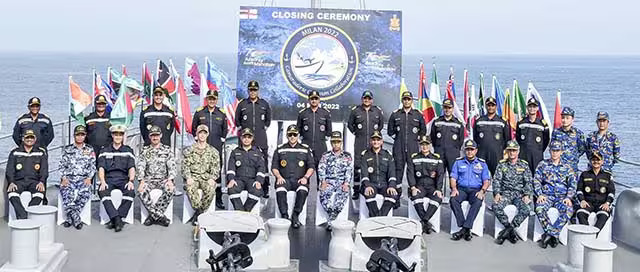
Closing ceremony of MILAN 2022 on board INS Jalashwa. Image courtesy Indian Navy
India’s commitment to being a responsible maritime power is best reflected in the proactive deployment in the Red Sea and Gulf of Aden region where she has positioned many frontline warships to tackle terrorism and piracy threats emanating from Houthis and other non-state actors. Over the last two months, in this region alone, the Indian Navy has escorted merchant ships to safety, assisted fishing vessels, responded to distress calls from dhows, rescued pirated crew, captured pirates and helped put out fire on a British tanker. To be sure, many of these issues may come for discussion at MILAN 24 as common challenges in the maritime domain. By its contribution, India will be playing on the front foot when such deliberations happen and could act as the consensus builder where contentious issues arise.
Conclusion
In his address at the 76th session of the United Nations General Assembly (UNGA), on 25 September 2021, Prime Minister Narendra Modi said, “Our oceans are also our common heritage. That’s why we have to keep in mind that we use the ocean resources, and not abuse them. Our oceans are also the lifeline of international trade. We have to safeguard them from the race of expansion and exclusion”. In the face of emerging challenges to these ‘global commons’, the Indian Navy has its work cut out. As the world steers ahead into uncertain waters, the Indian Navy needs to do a lot, viz. safeguard the nation’s interests, promote regional stability, and contribute to global peace. With a potent combination of technological prowess, strategic partnerships and high-quality human ware, the Indian Navy has the ingredients in place. However, navigating the seas of tomorrow in an increasingly complex maritime world will also test its resilience, adaptability and ability to nurture and leverage partnerships. Endeavours like MILAN provide the ideal settings for charting the way ahead.
MILAN, from its humble beginnings in 1995, has transformed into a mega-navy event. This growth has been concomitant with India’s rise in stature and global power. MILAN 24 reaffirms our diplomatic efforts aimed at the inclusivity of all nations and progress through peace. Operating under the overarching theme of ‘Vasudhaiva Kutumbakam’, this India-led exercise greatly complements the existing bilateral and multilateral maritime framework aimed at preserving regional peace whilst fostering bonds of maritime brotherhood across the oceans. While it is a demonstration of India’s commitment towards promoting maritime cooperation and security in the Indian Ocean region, Milan 2024 is also a propitious stage for the global maritime community to work towards safe and secure oceans.
The author is a navy veteran and a commentator on maritime issues. Views expressed in the above piece are personal and solely that of the author. They do not necessarily reflect Firstpost’s views.
Read all the Latest News, Trending News, Cricket News, Bollywood News,
India News and Entertainment News here. Follow us on Facebook, Twitter and Instagram.

 Member Login
Member Login 